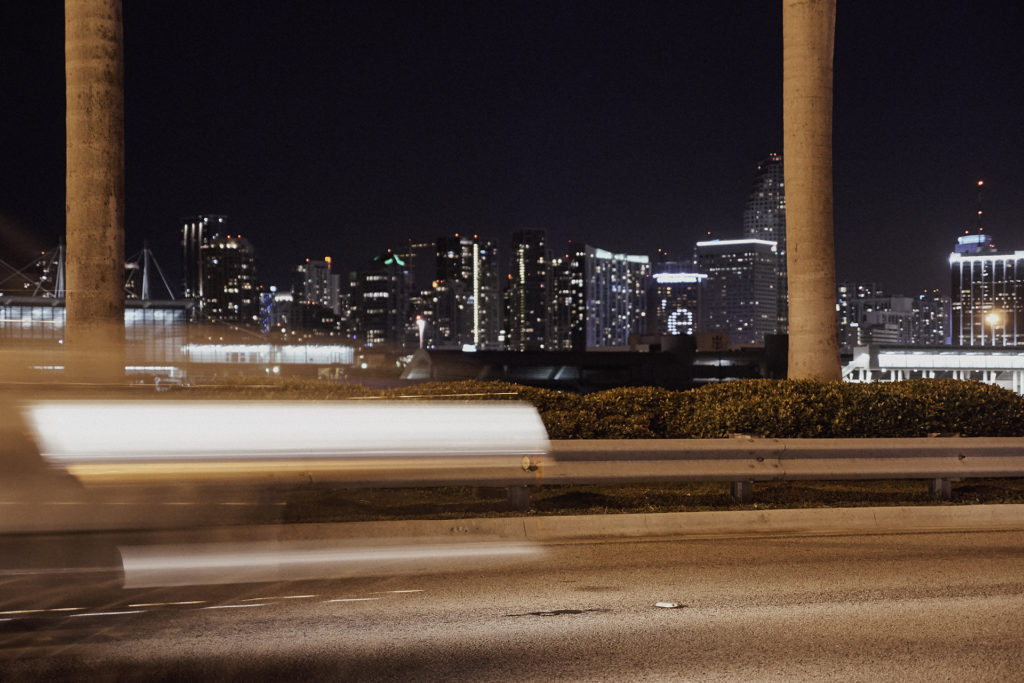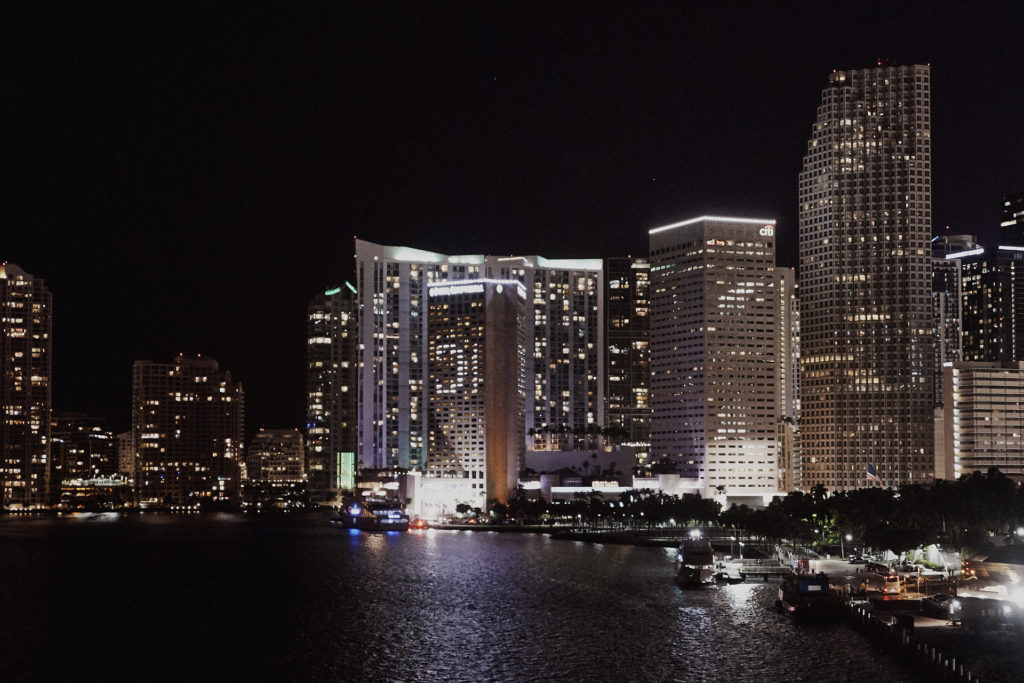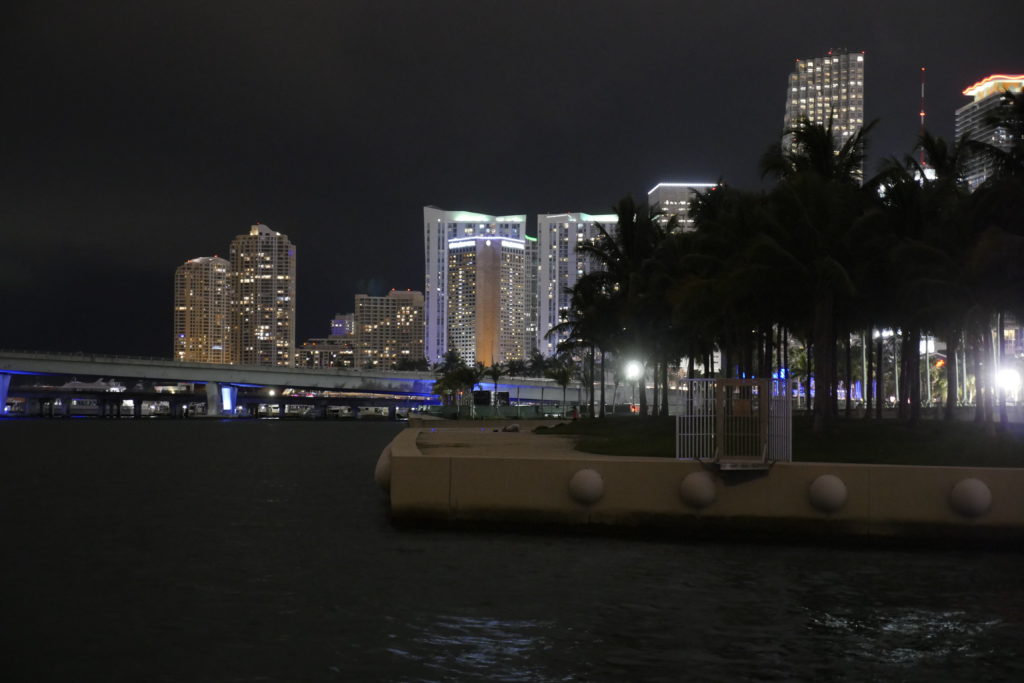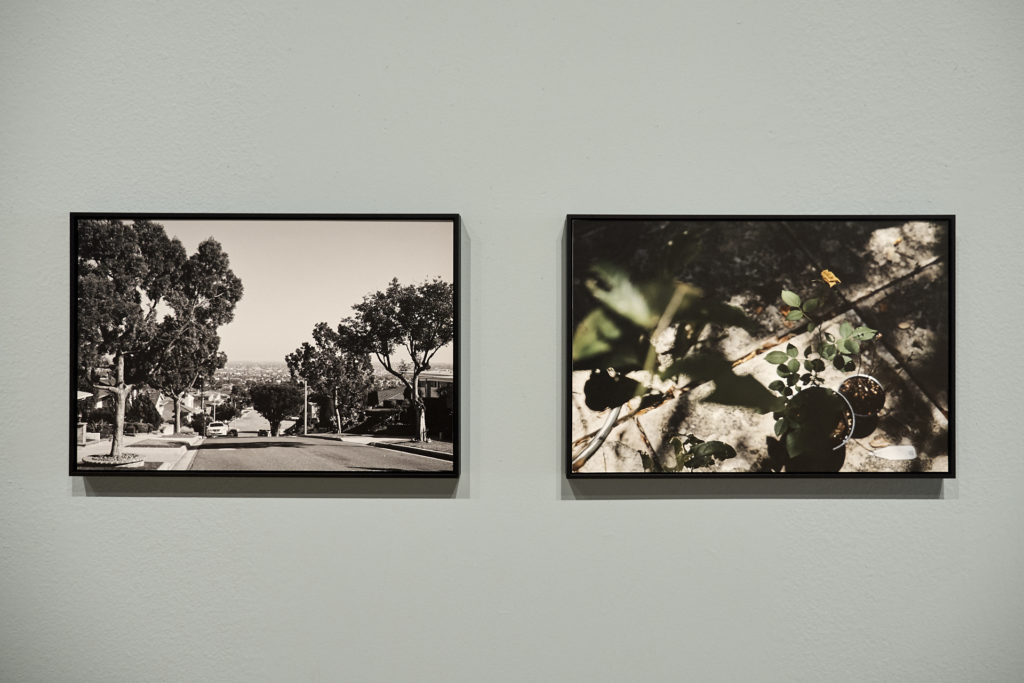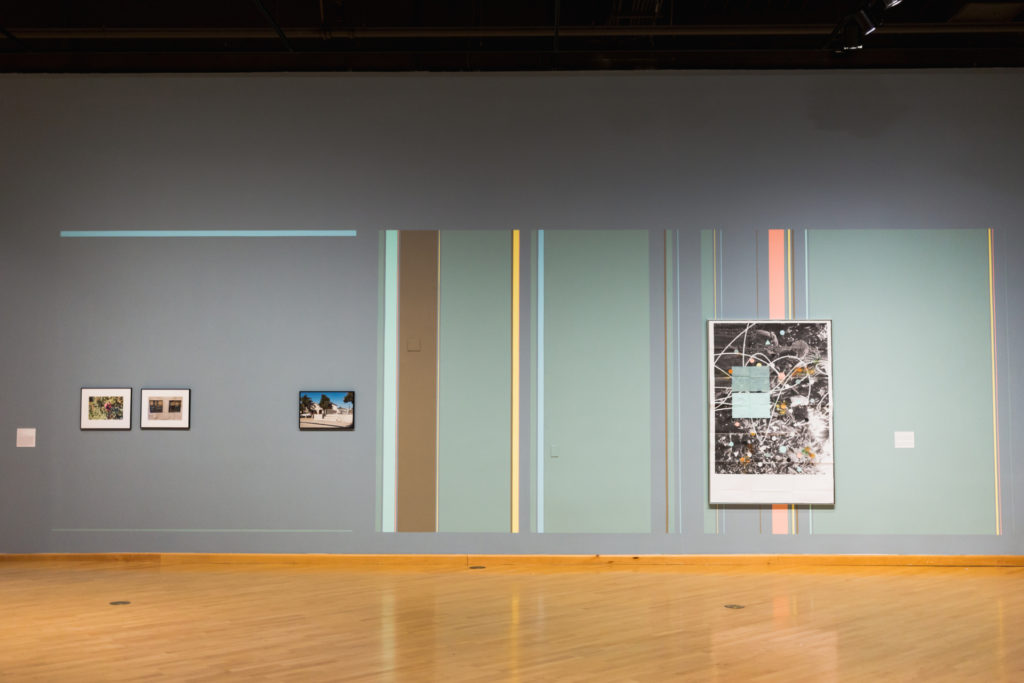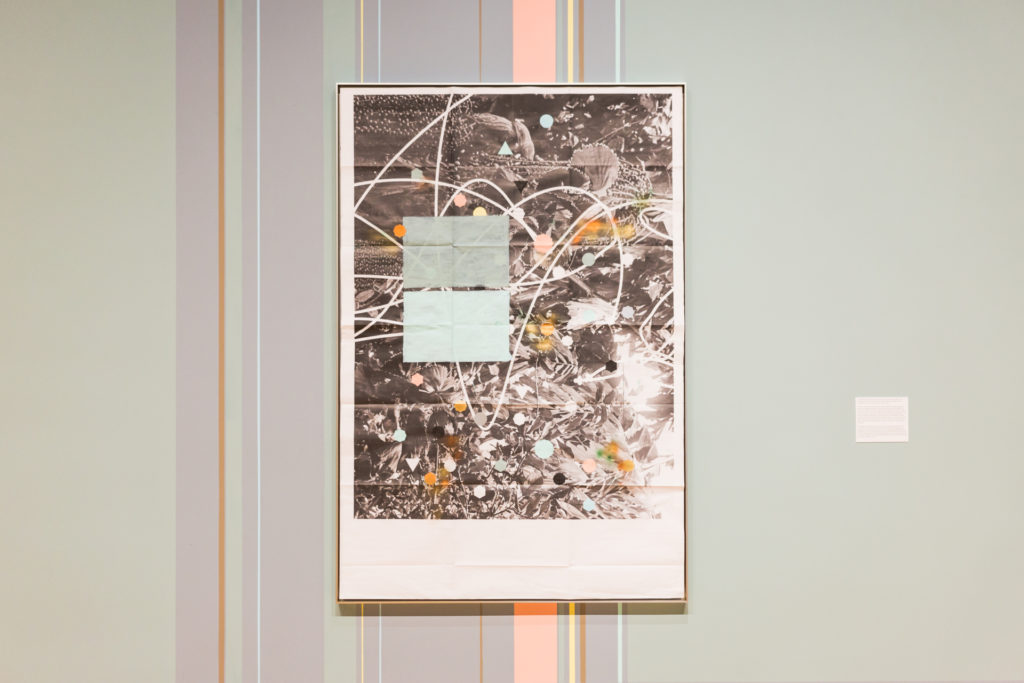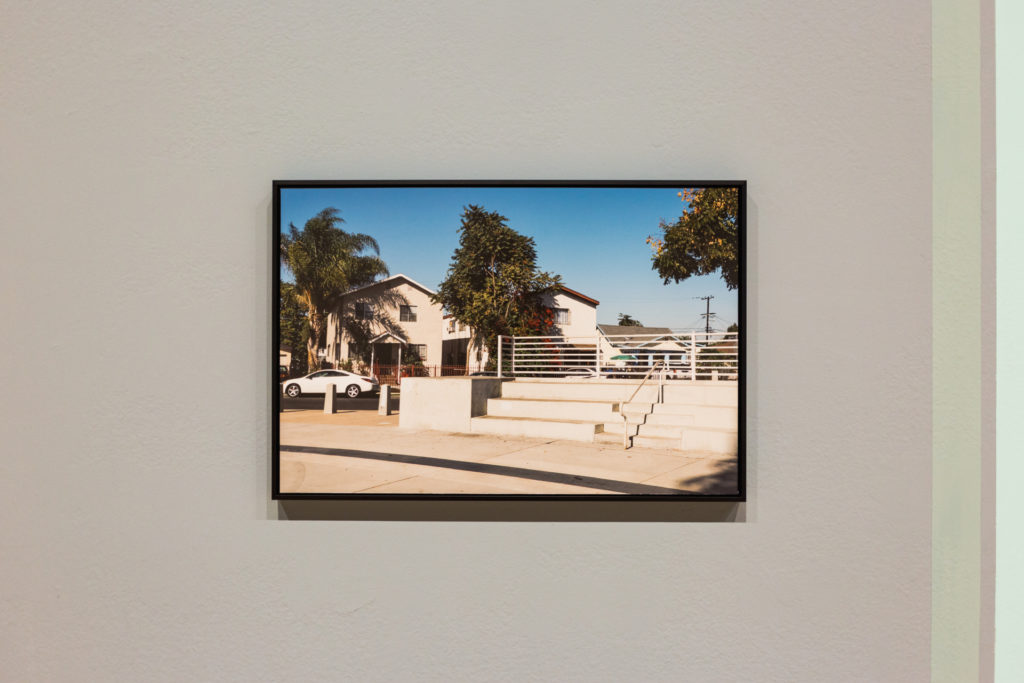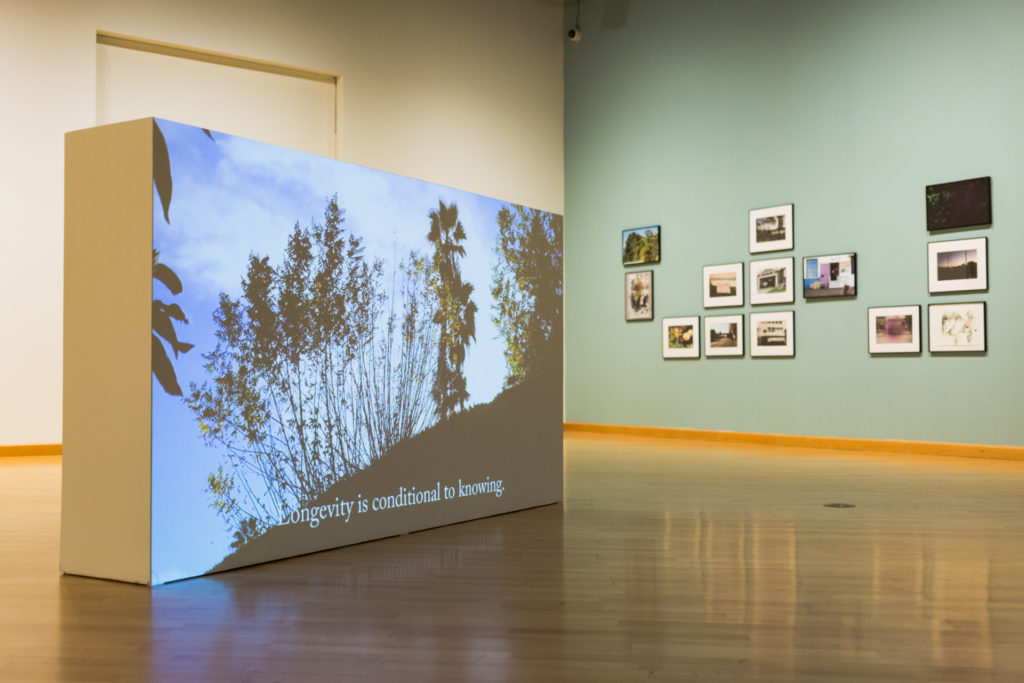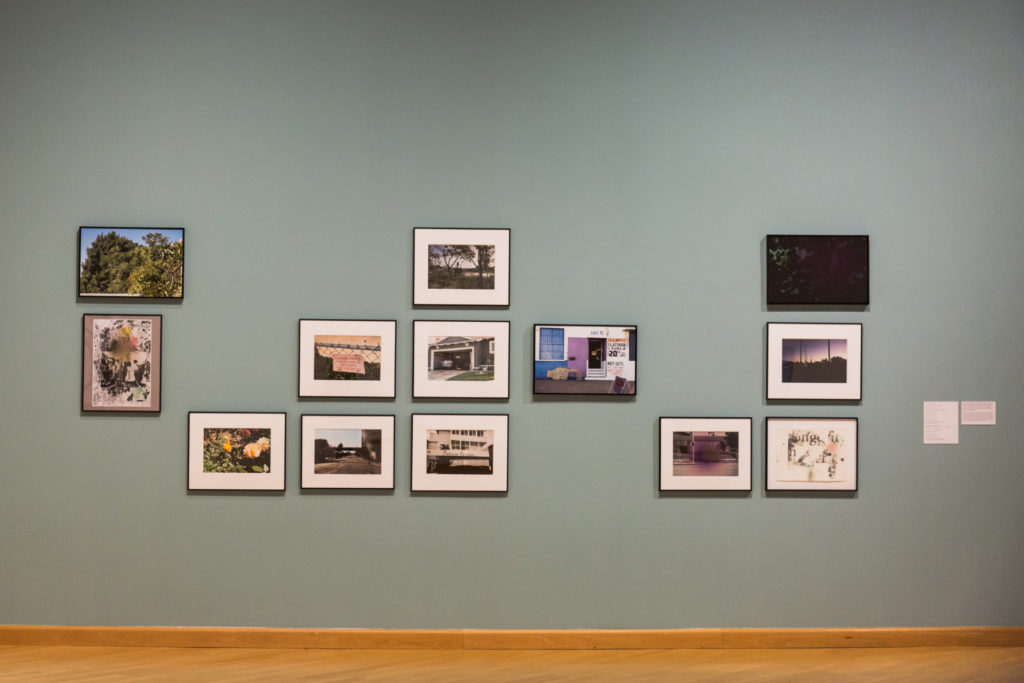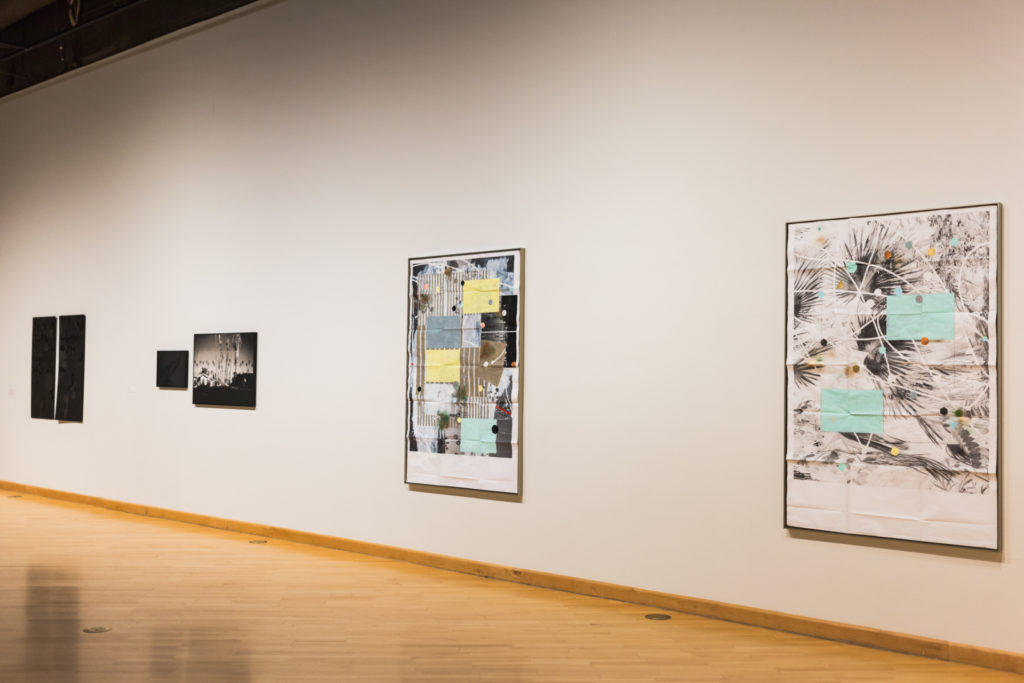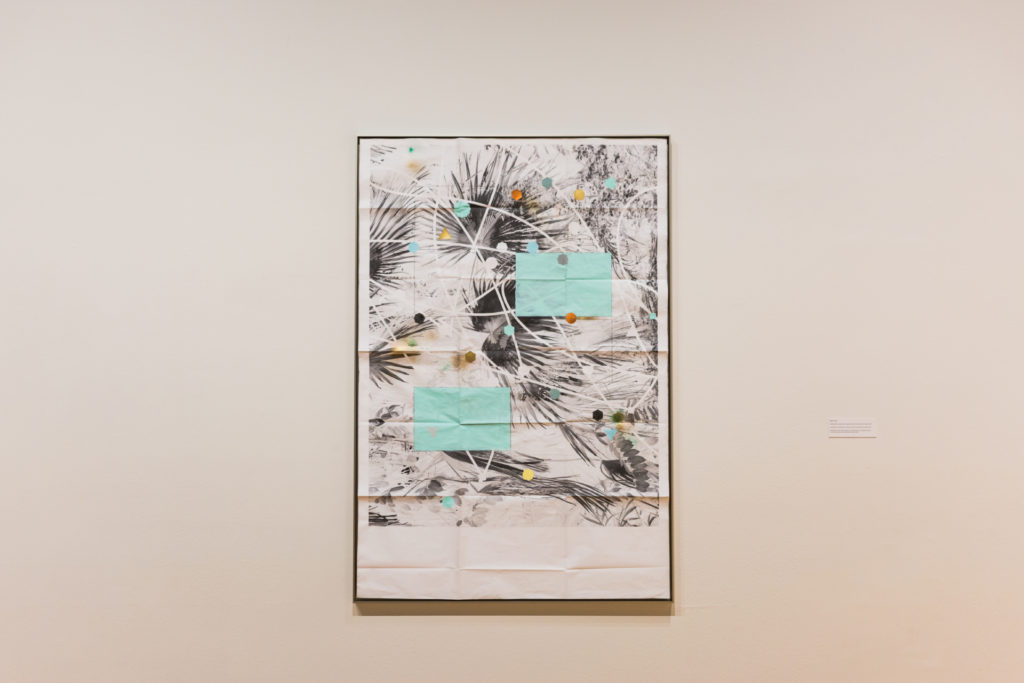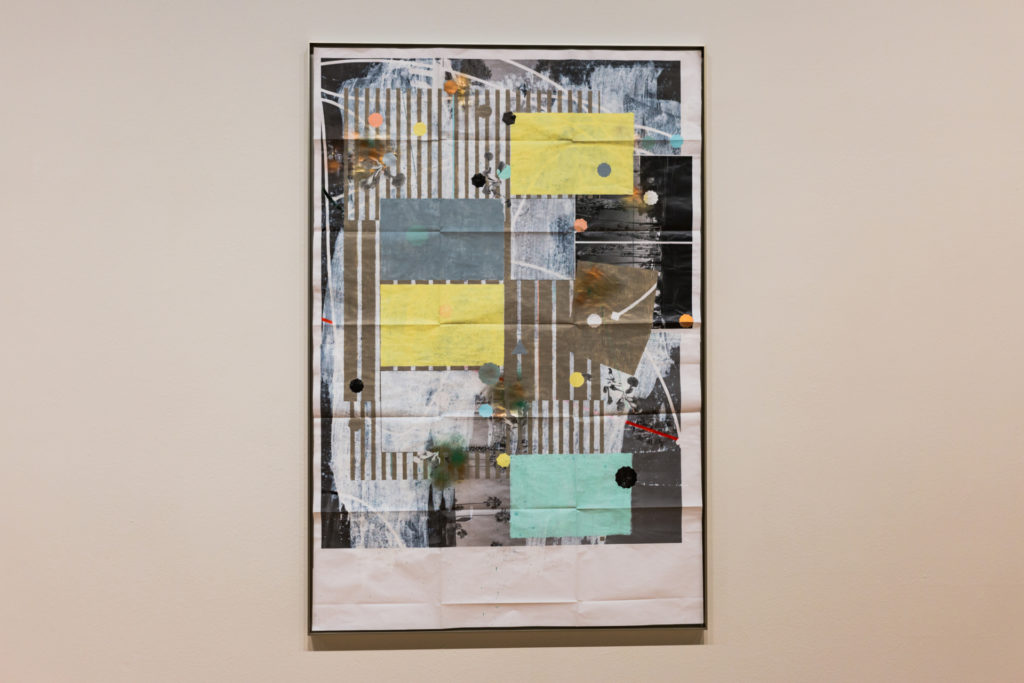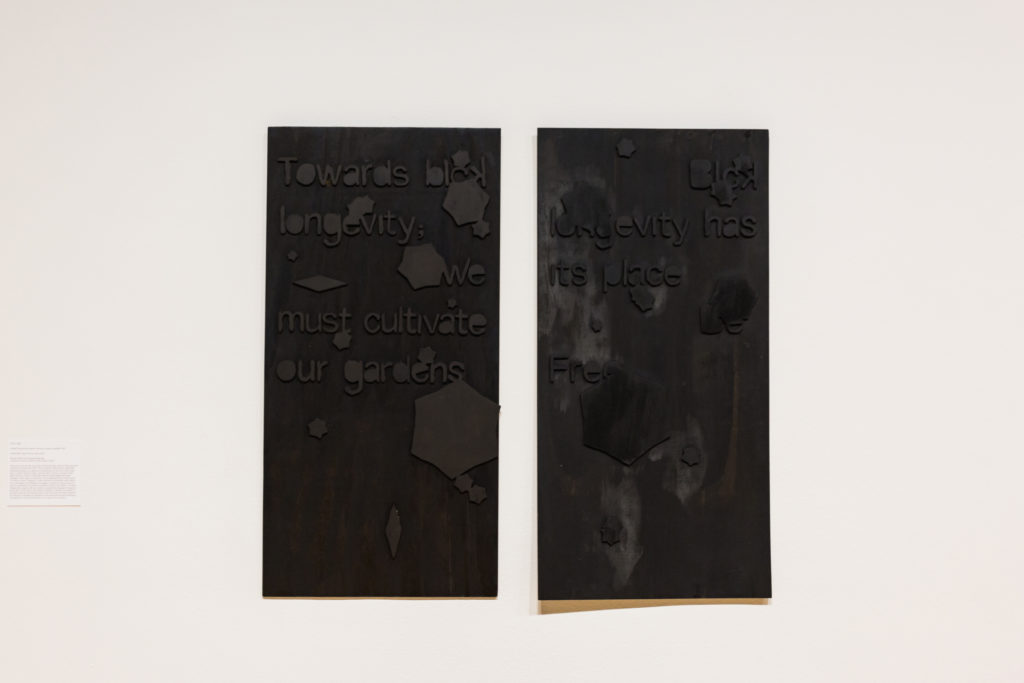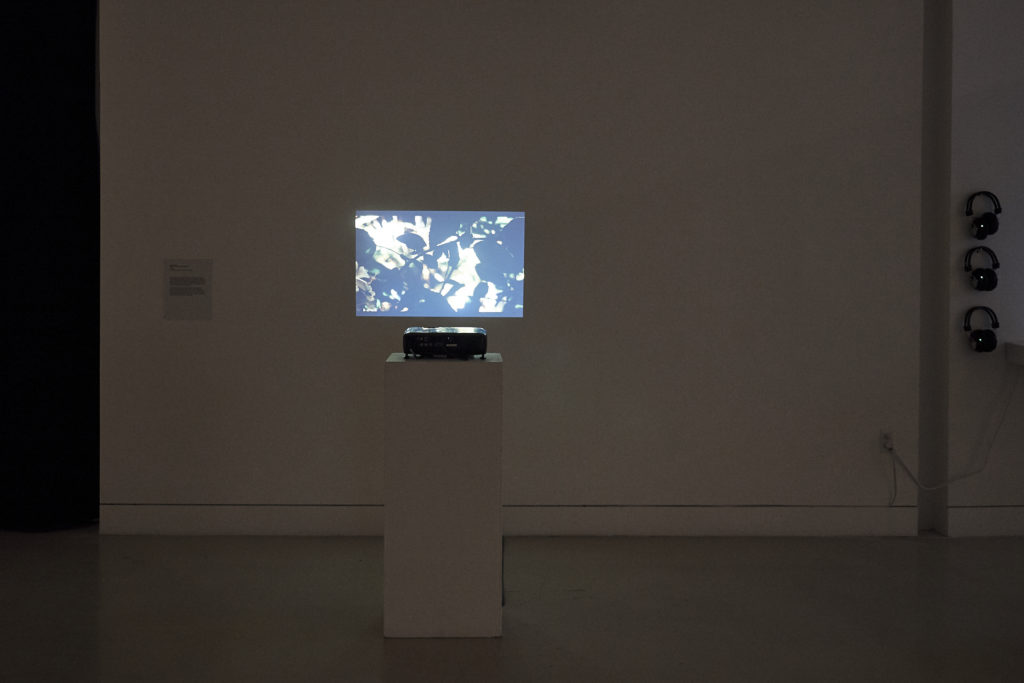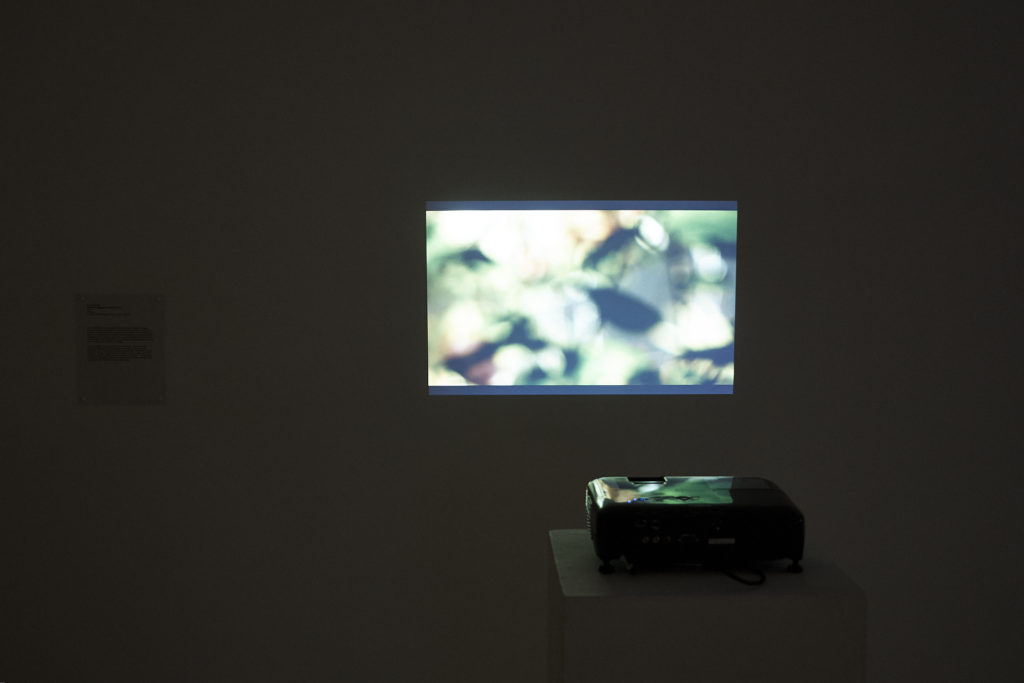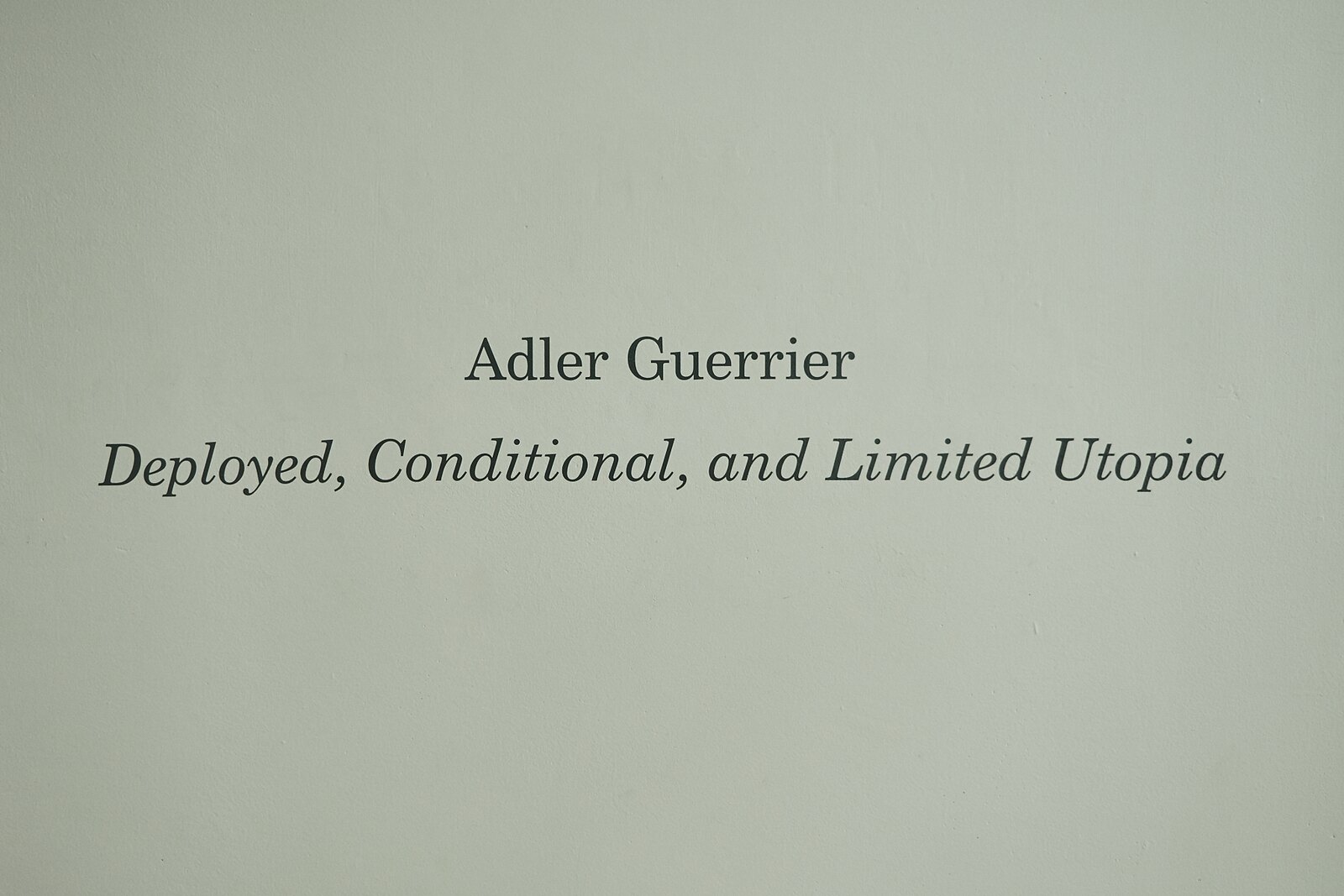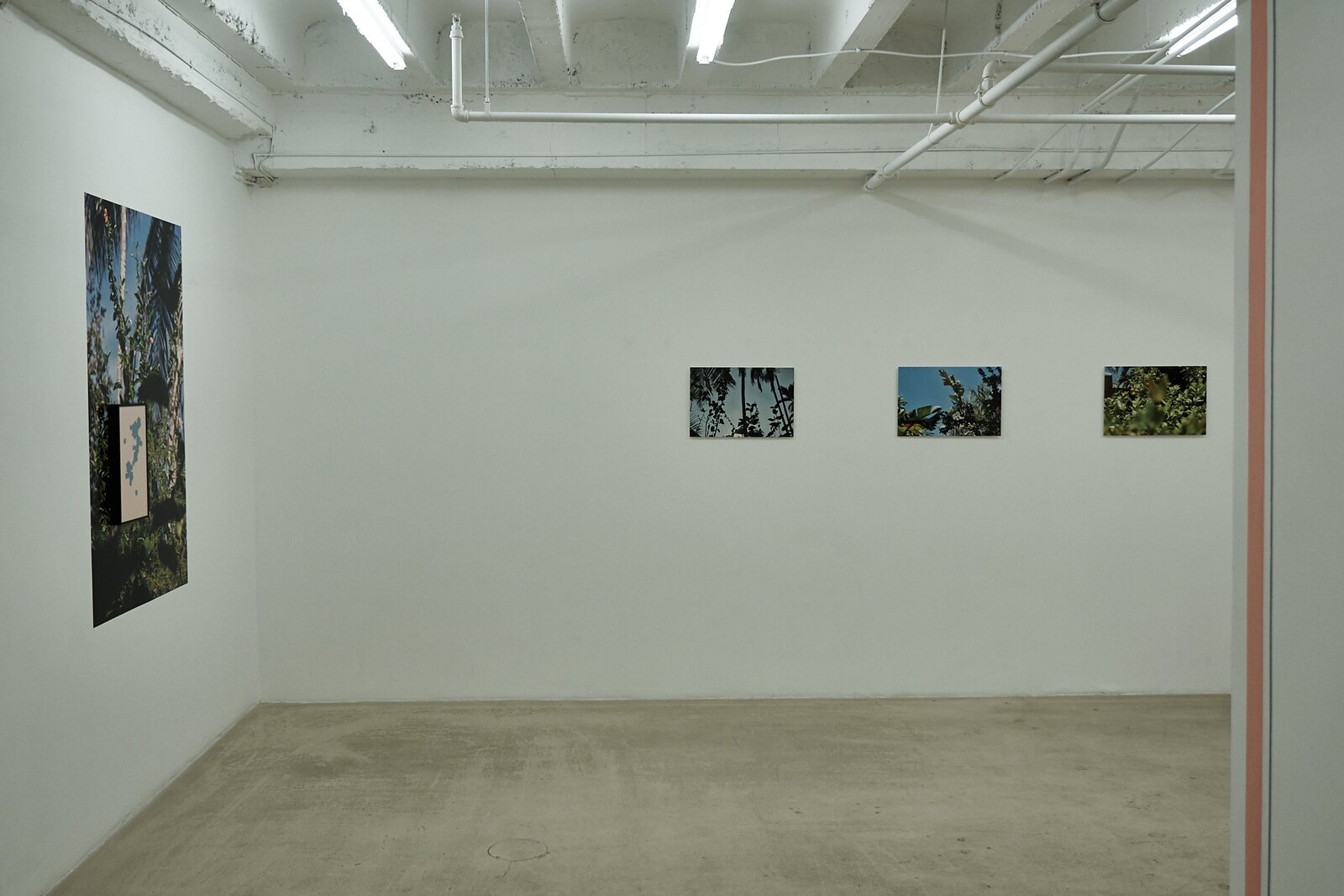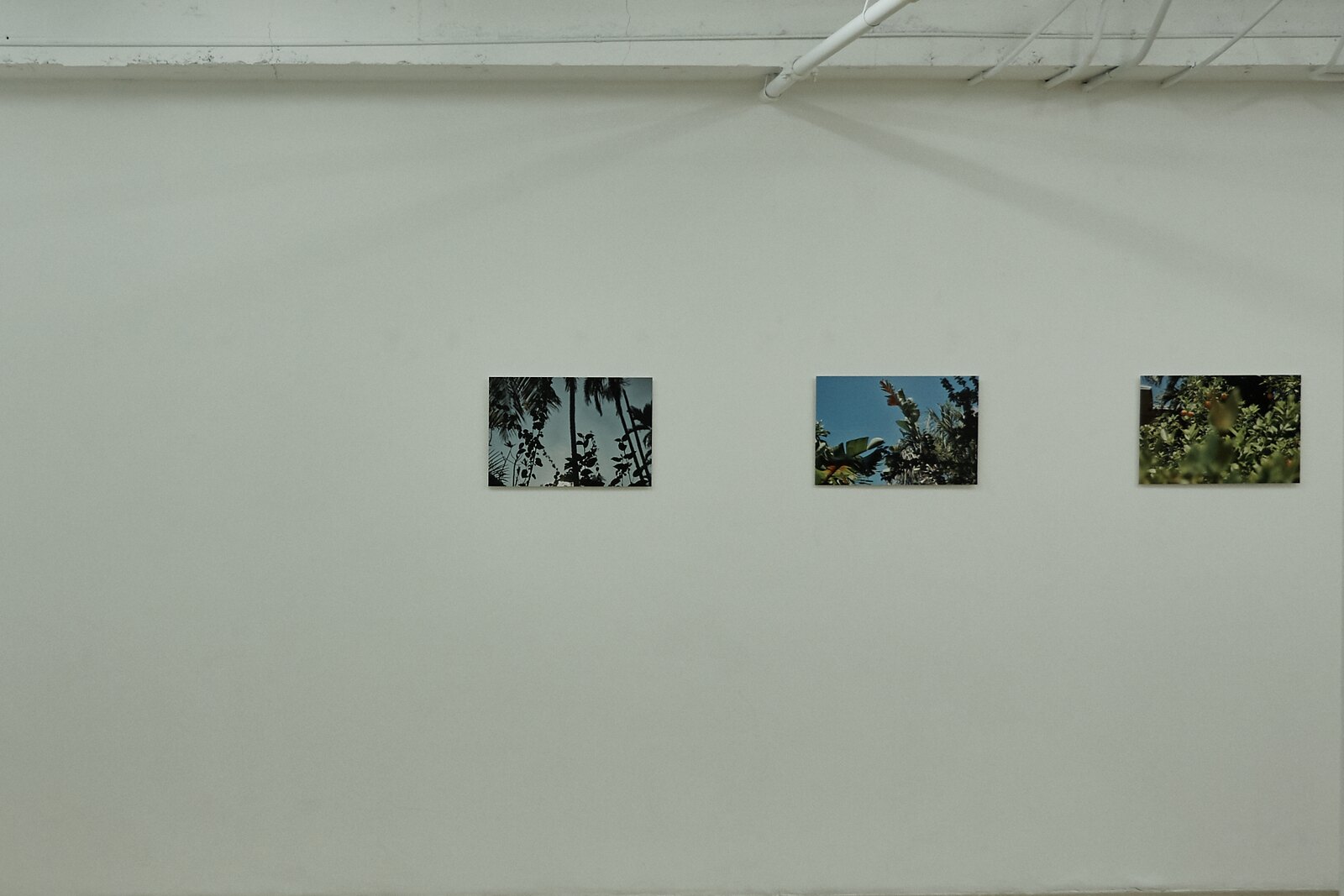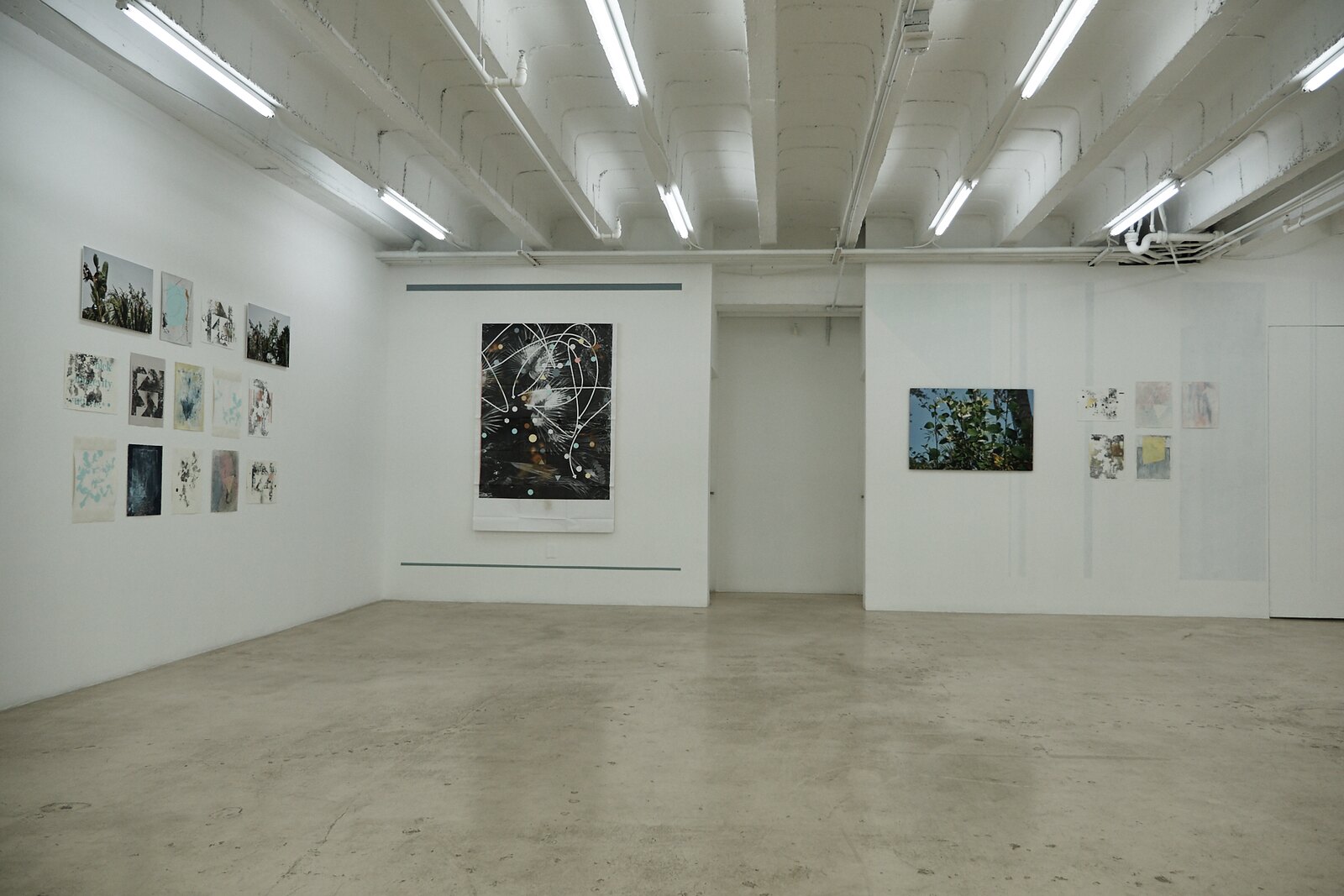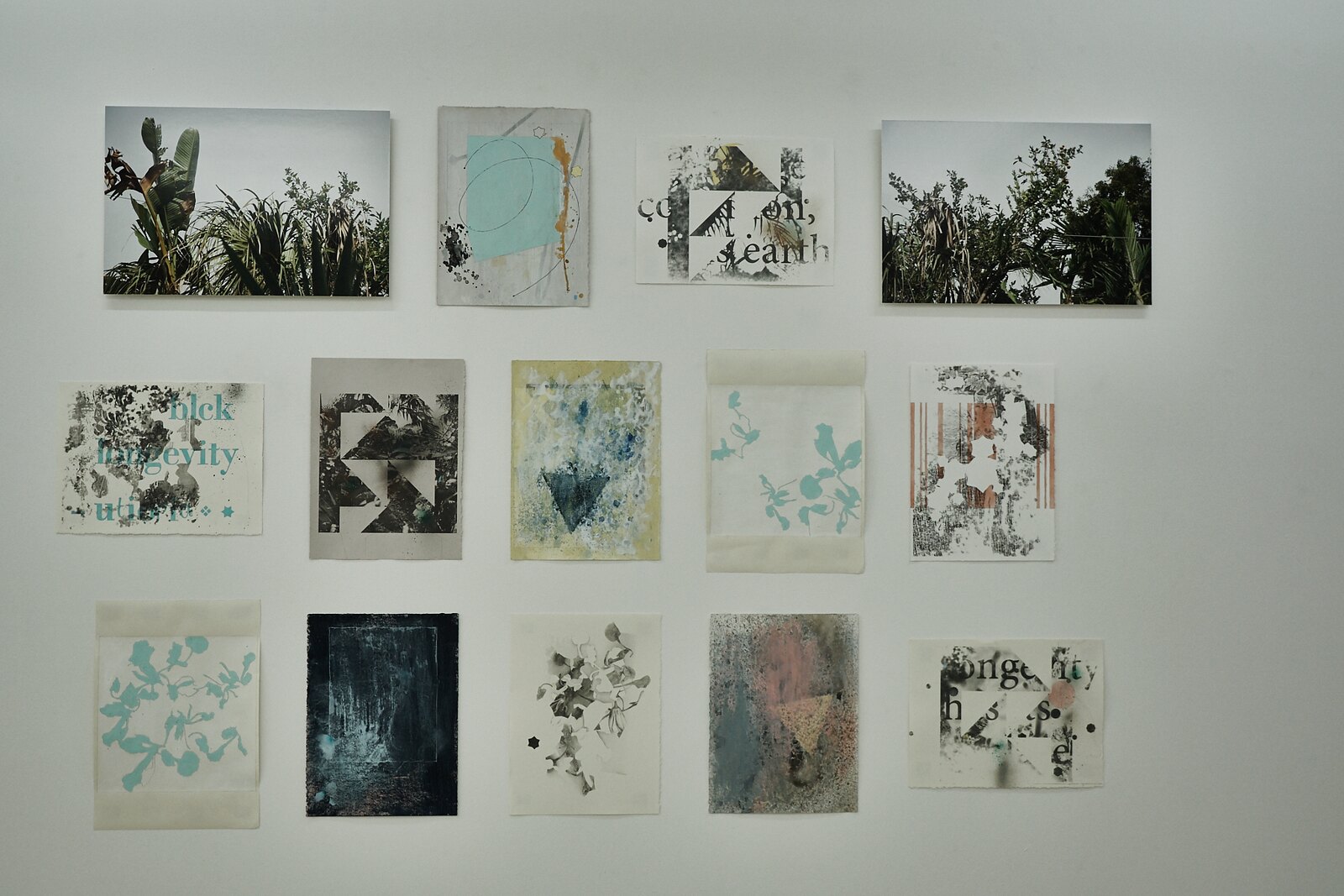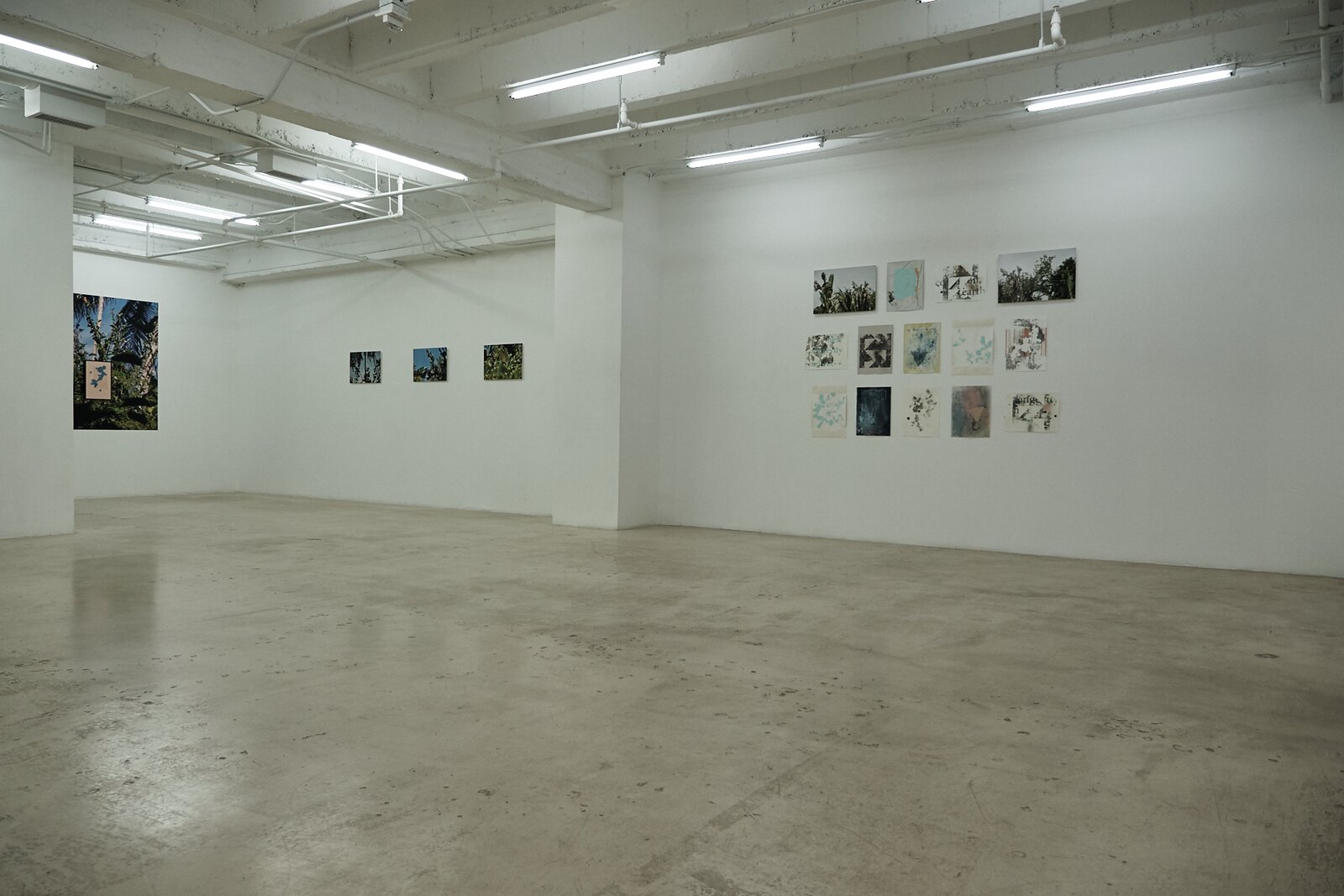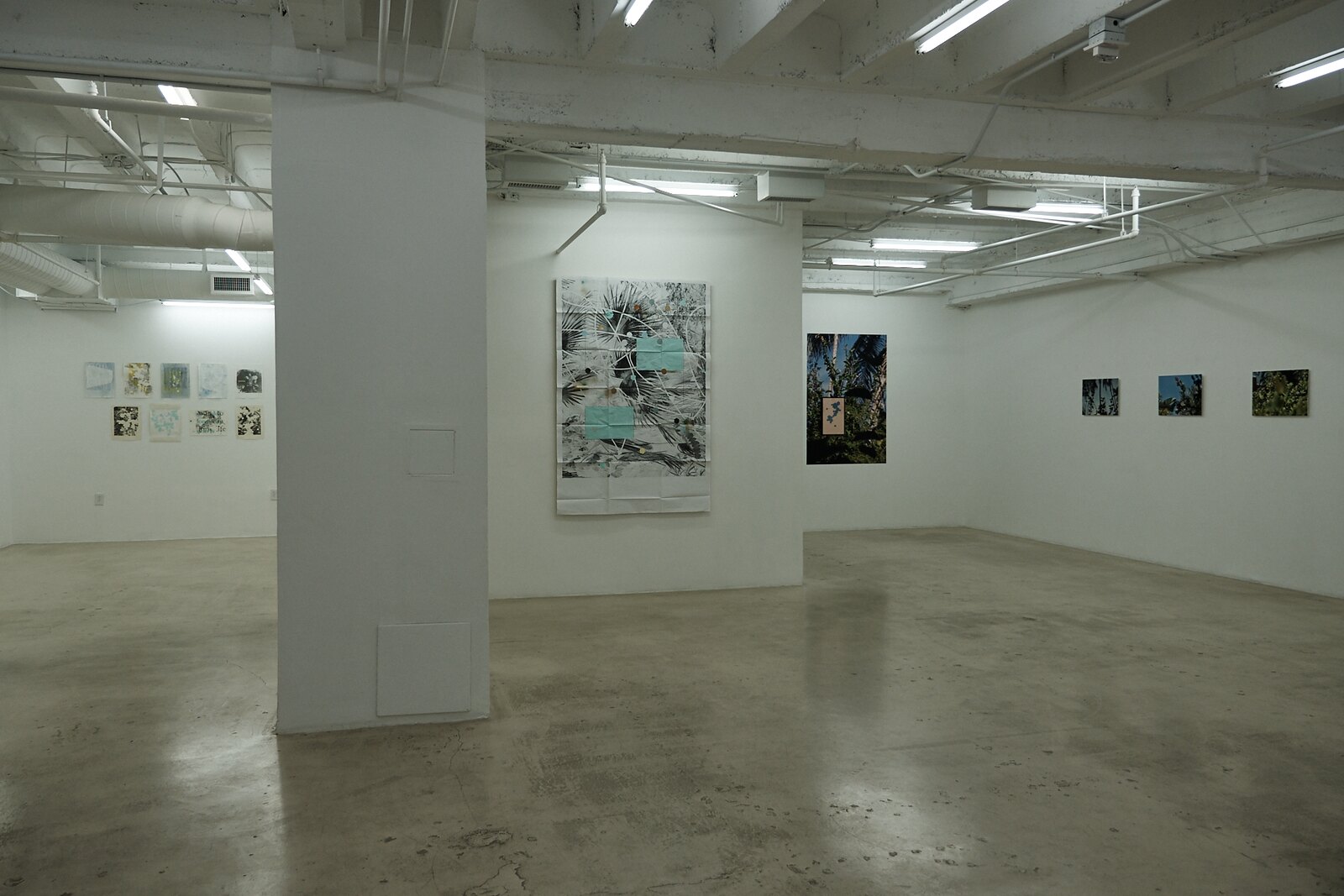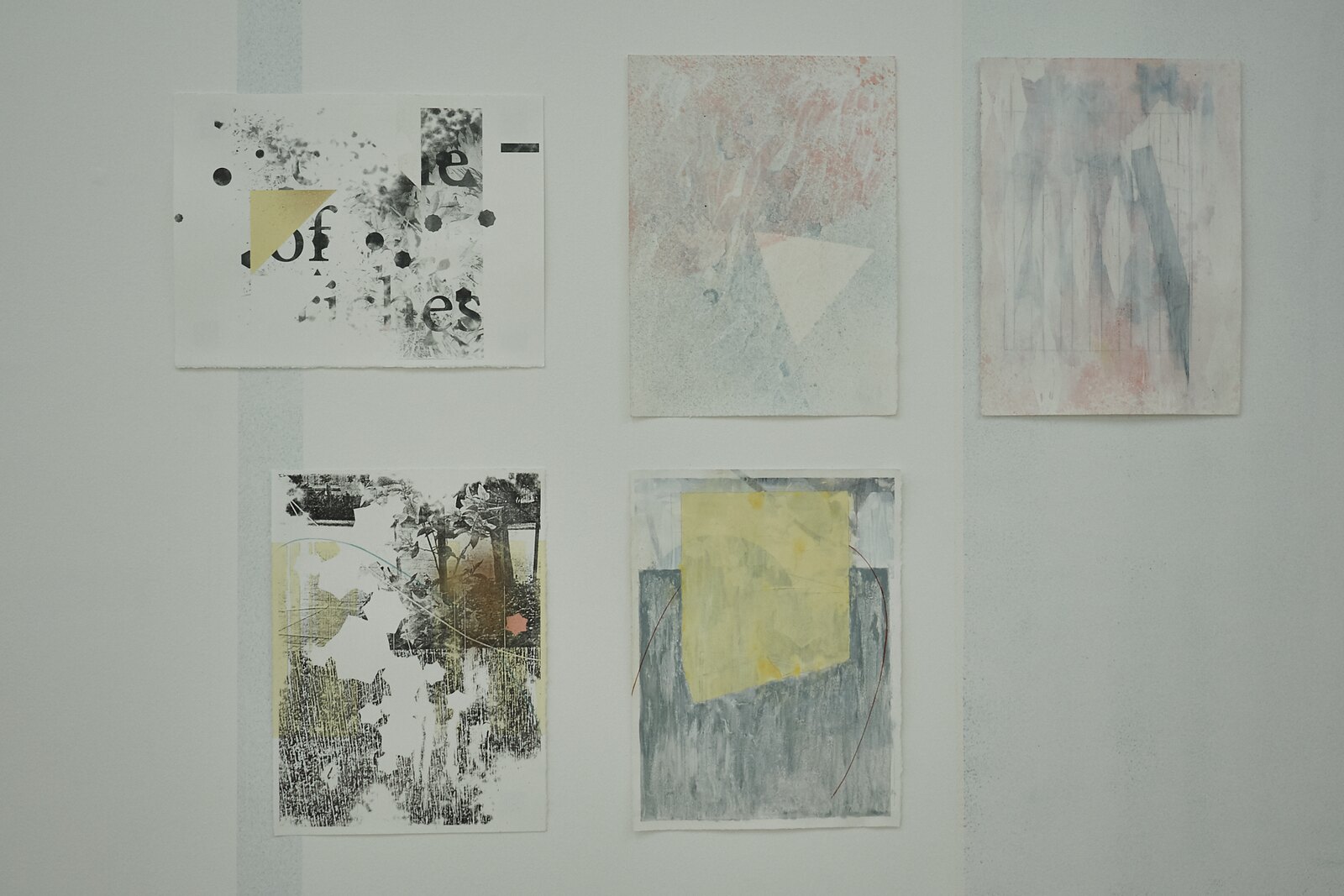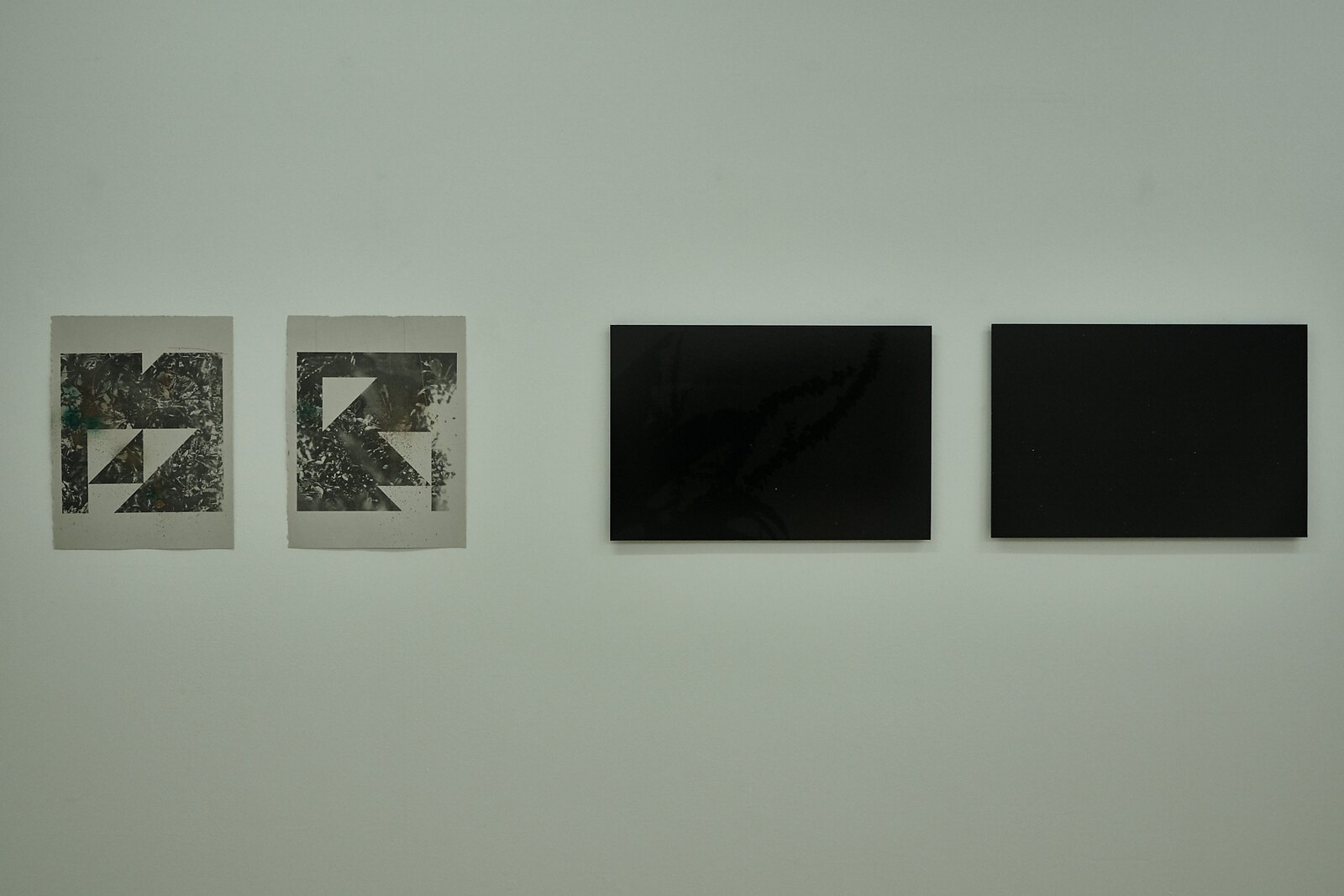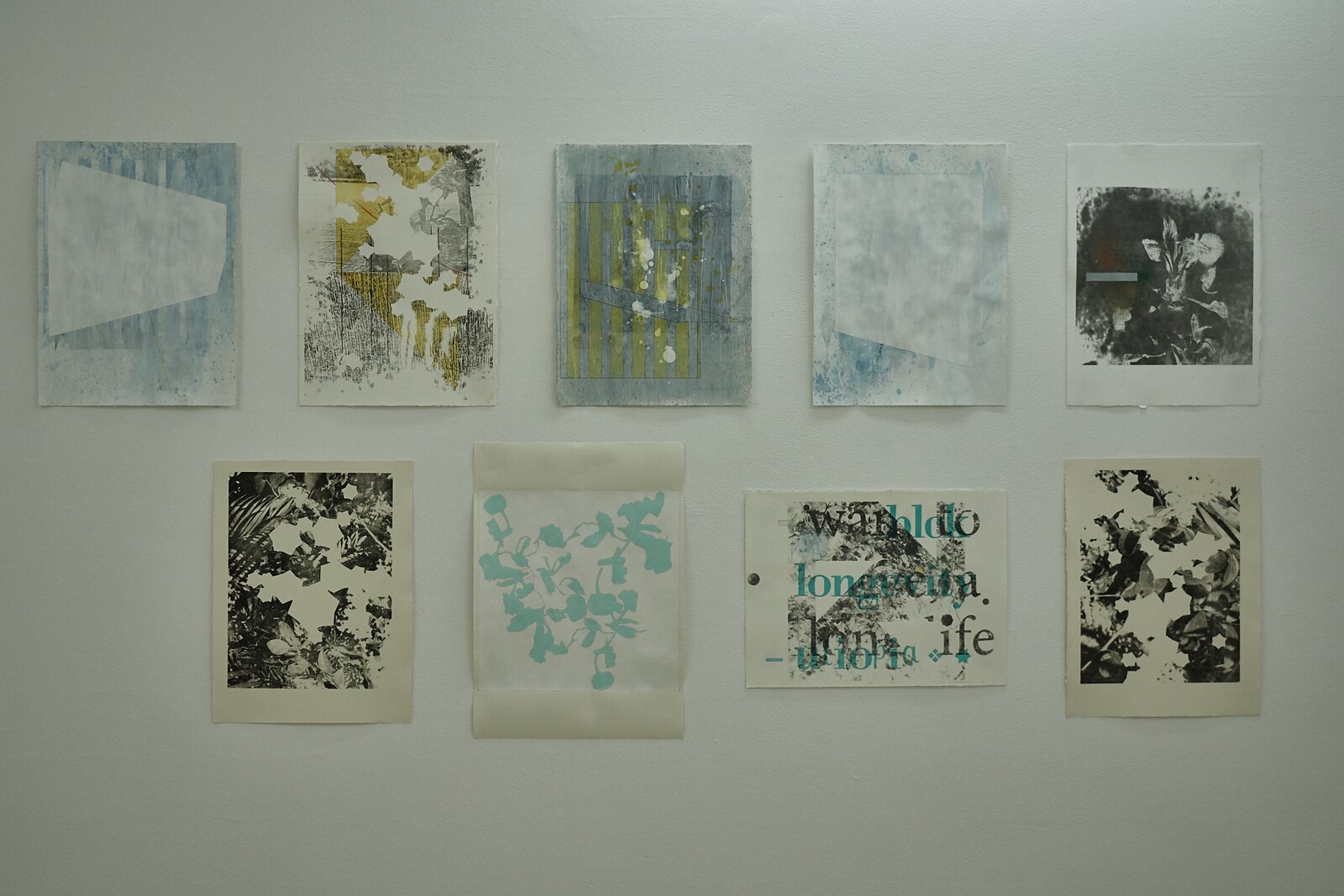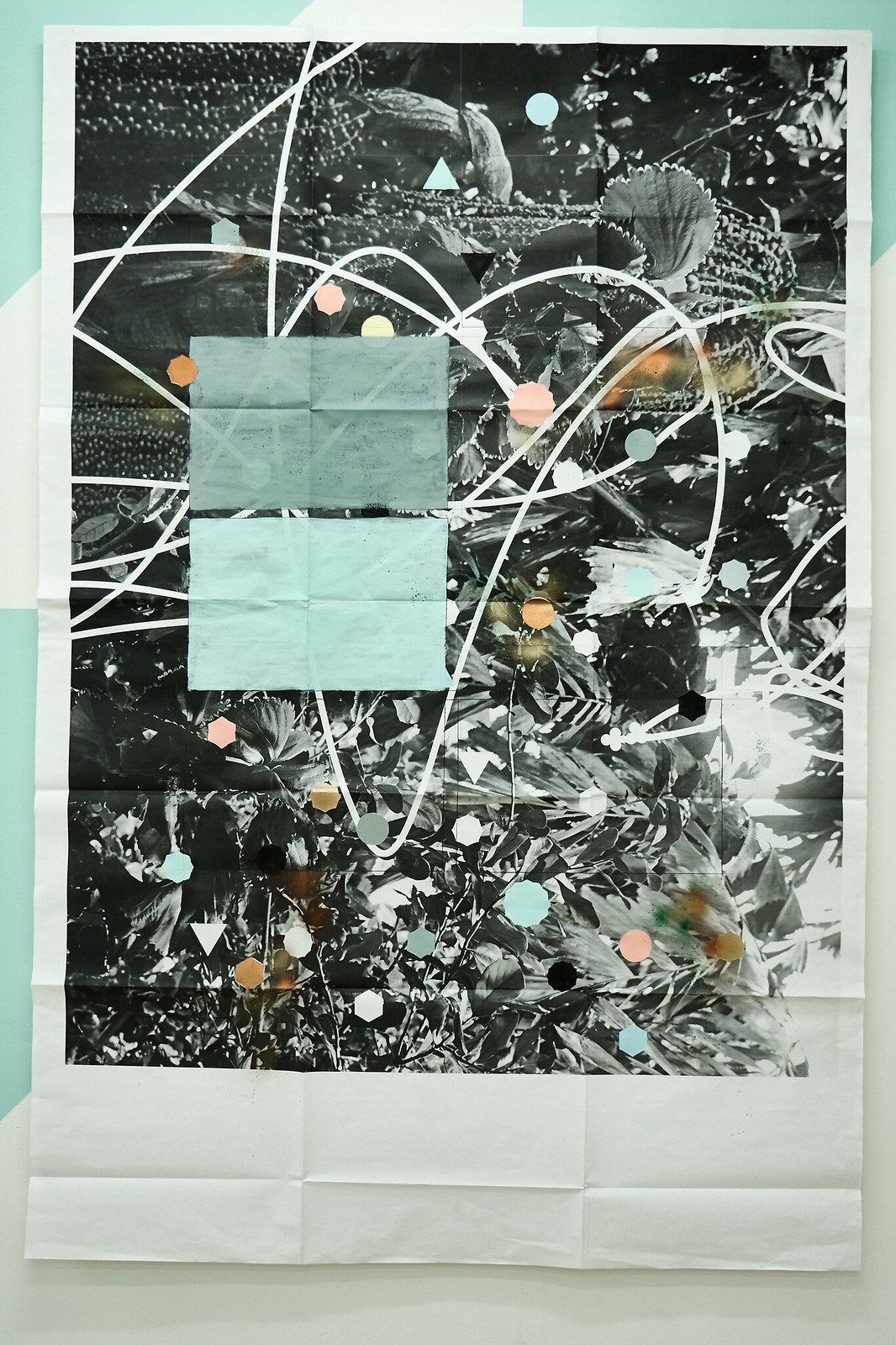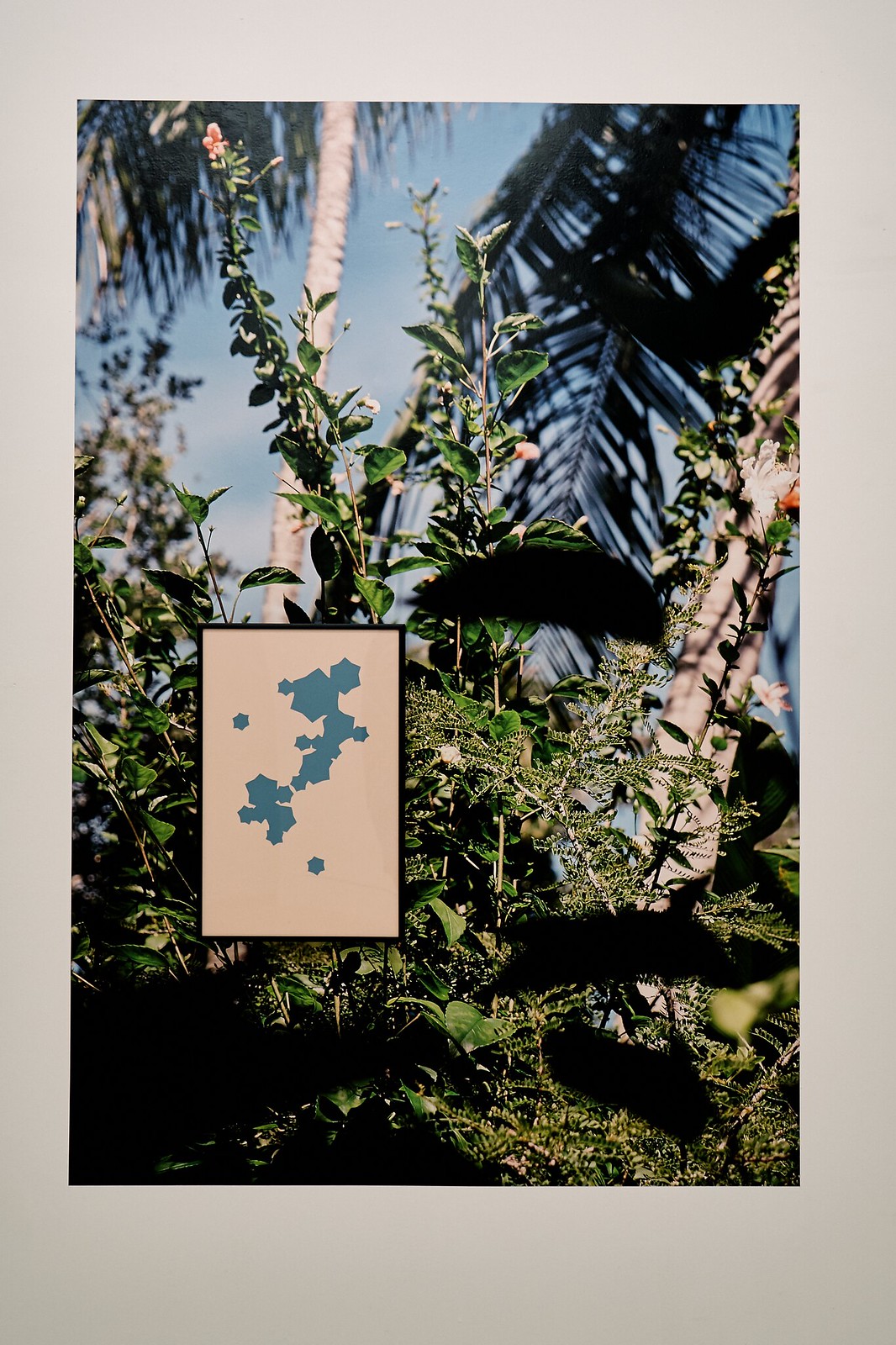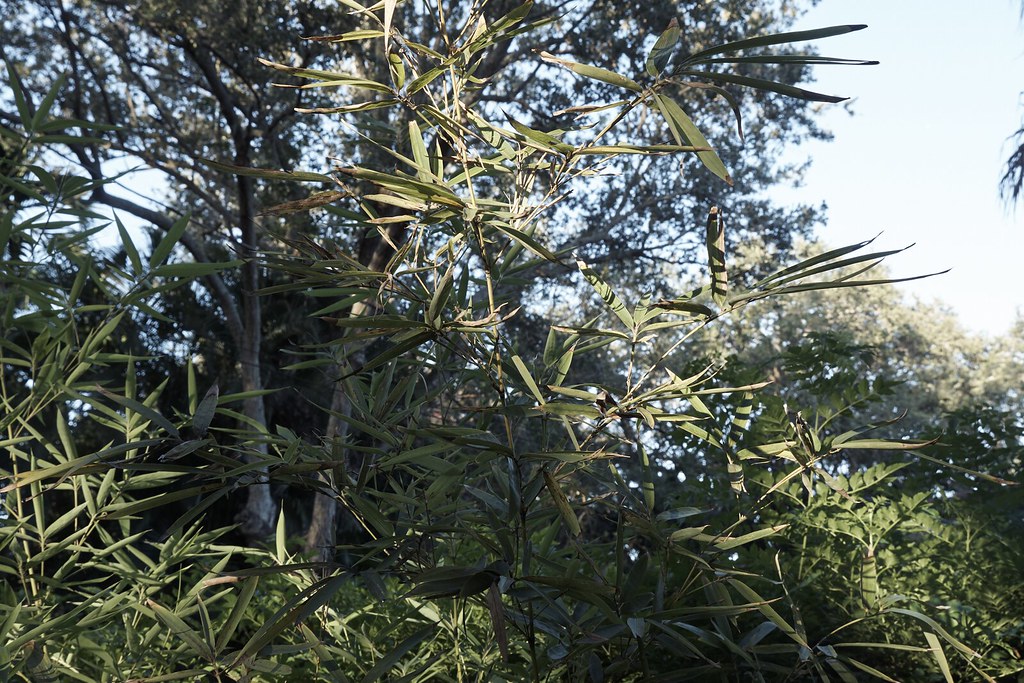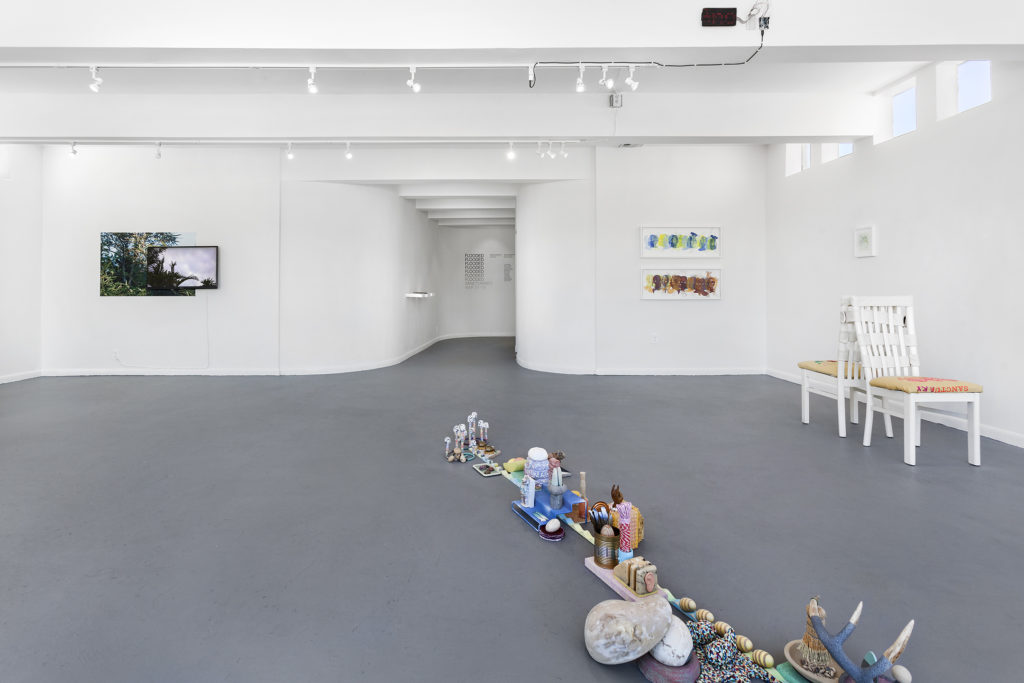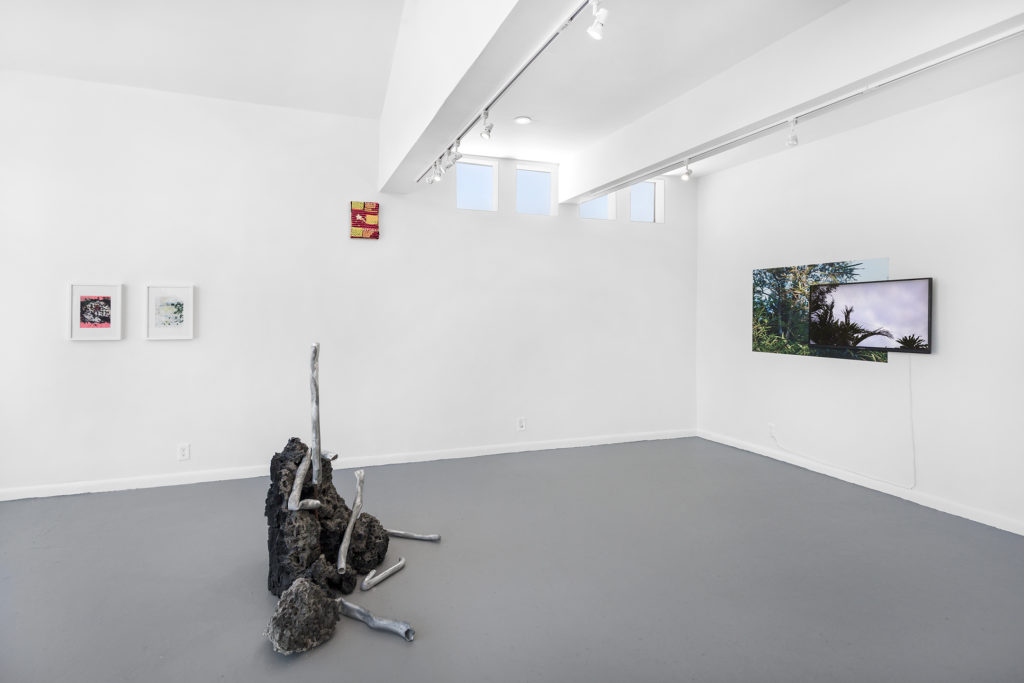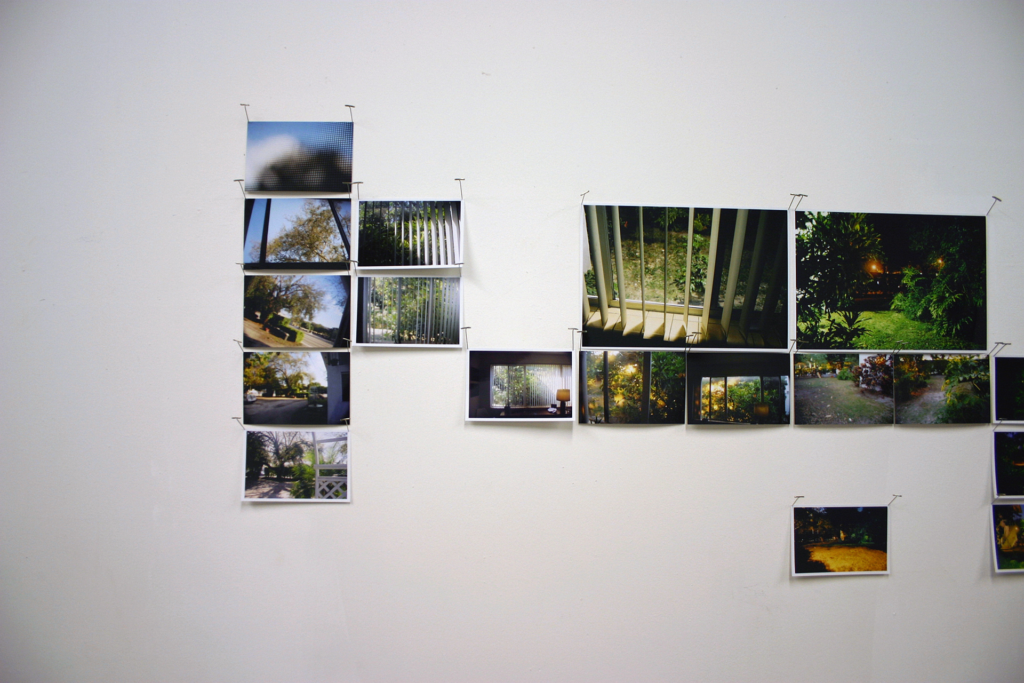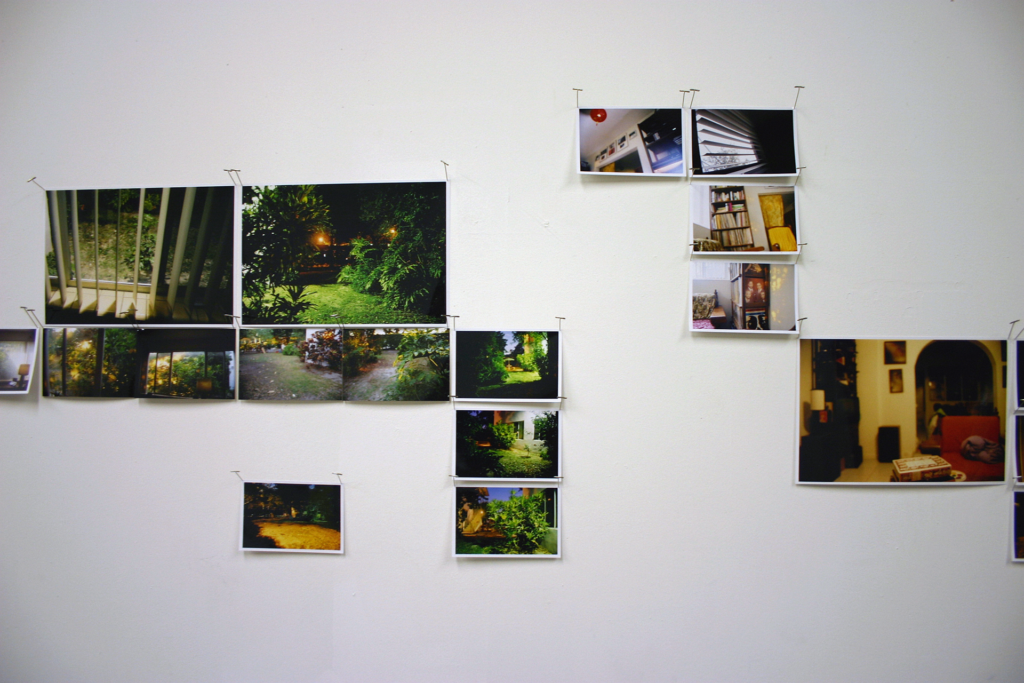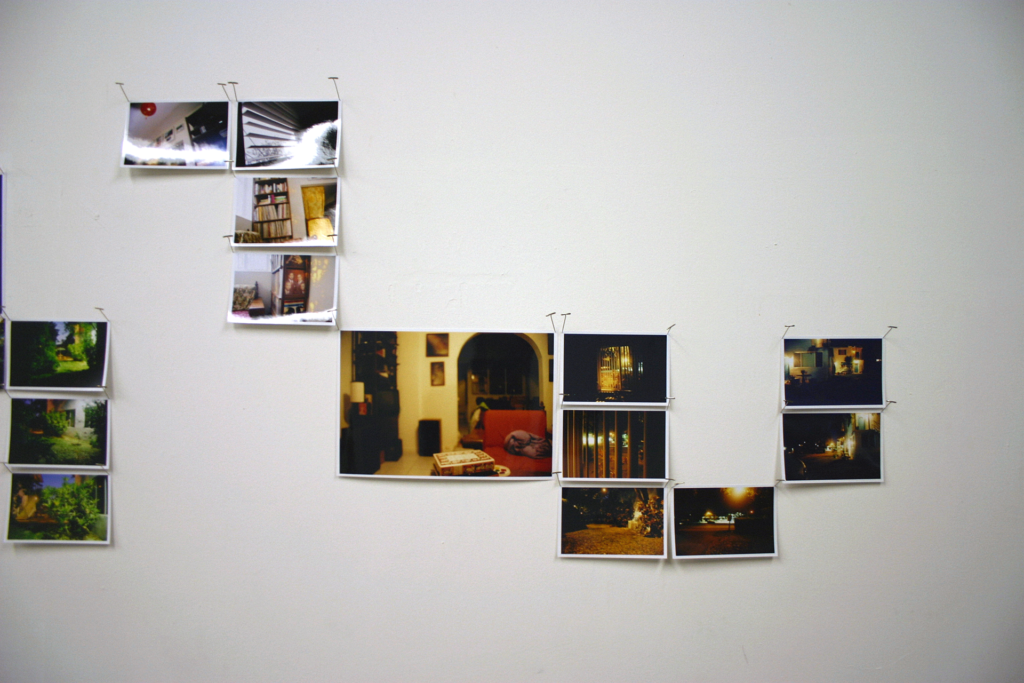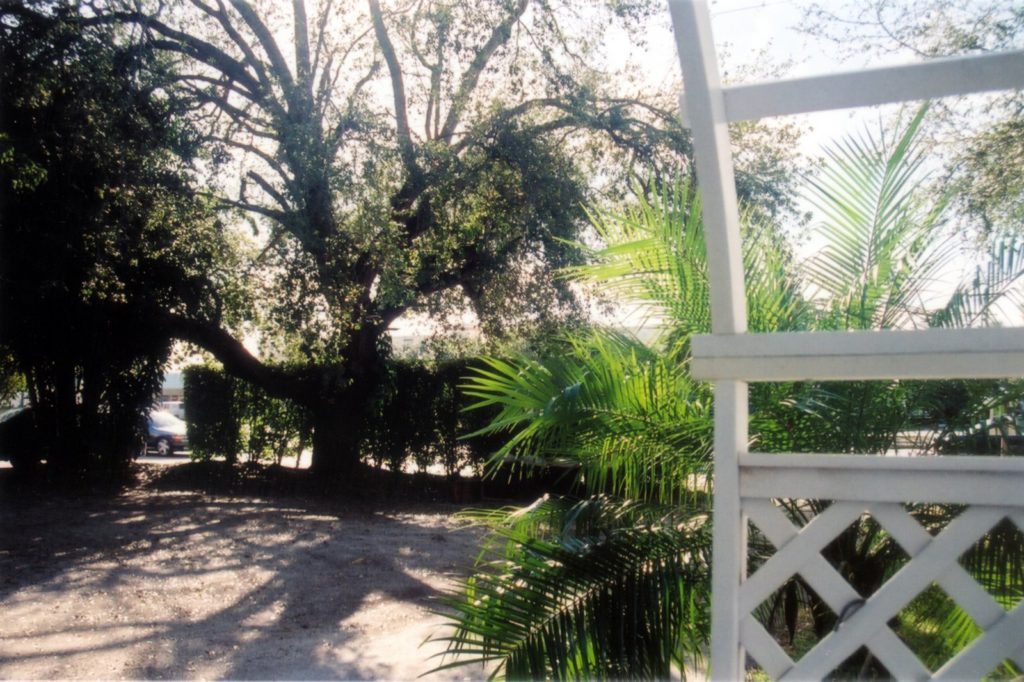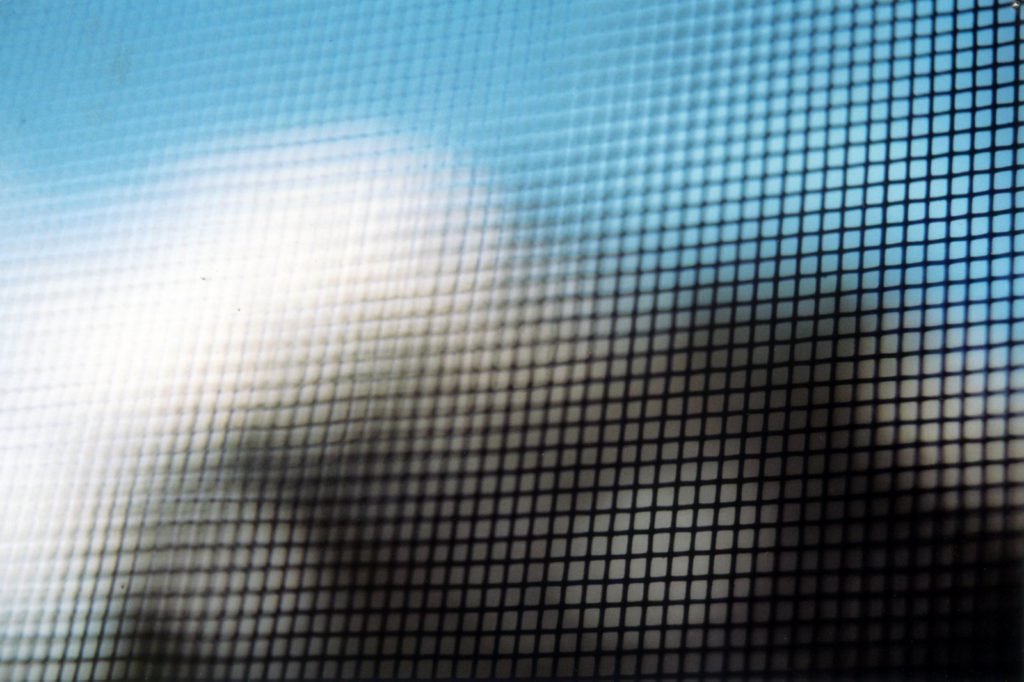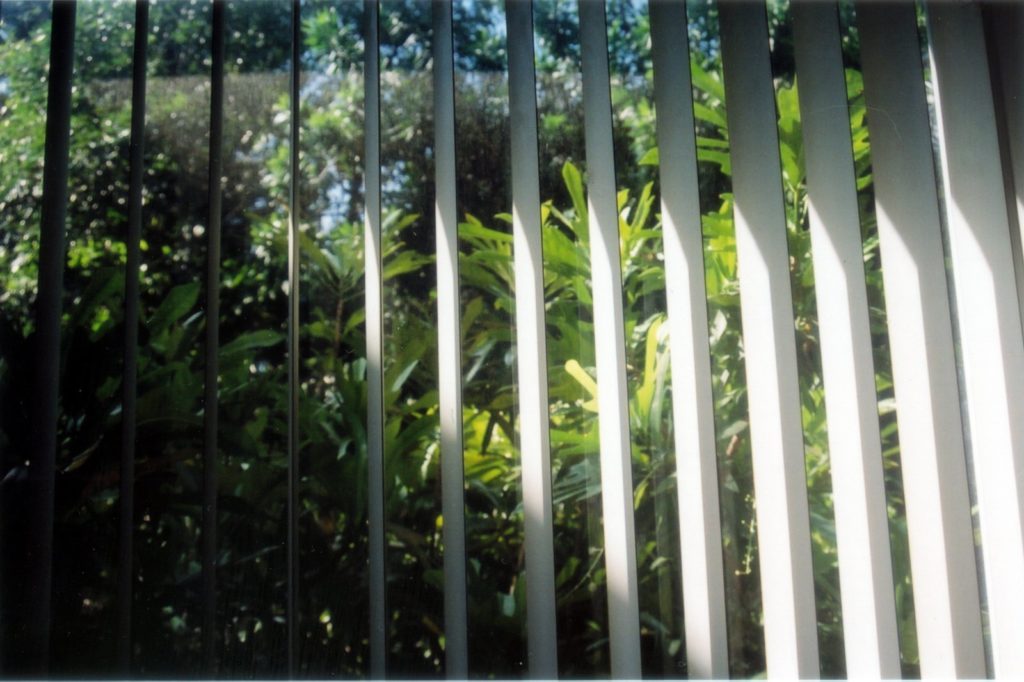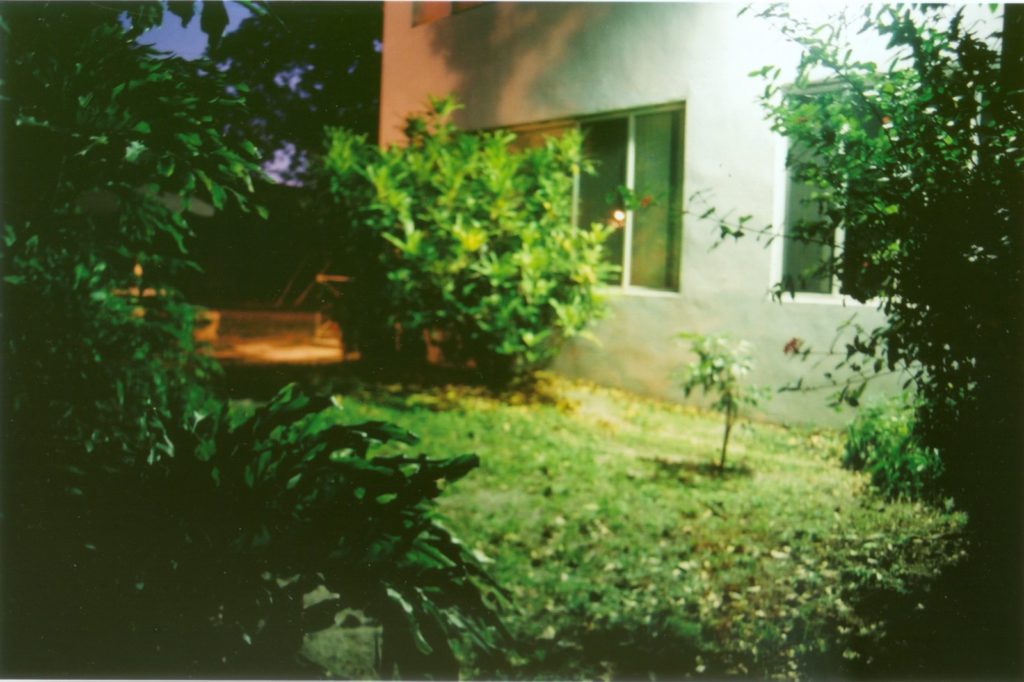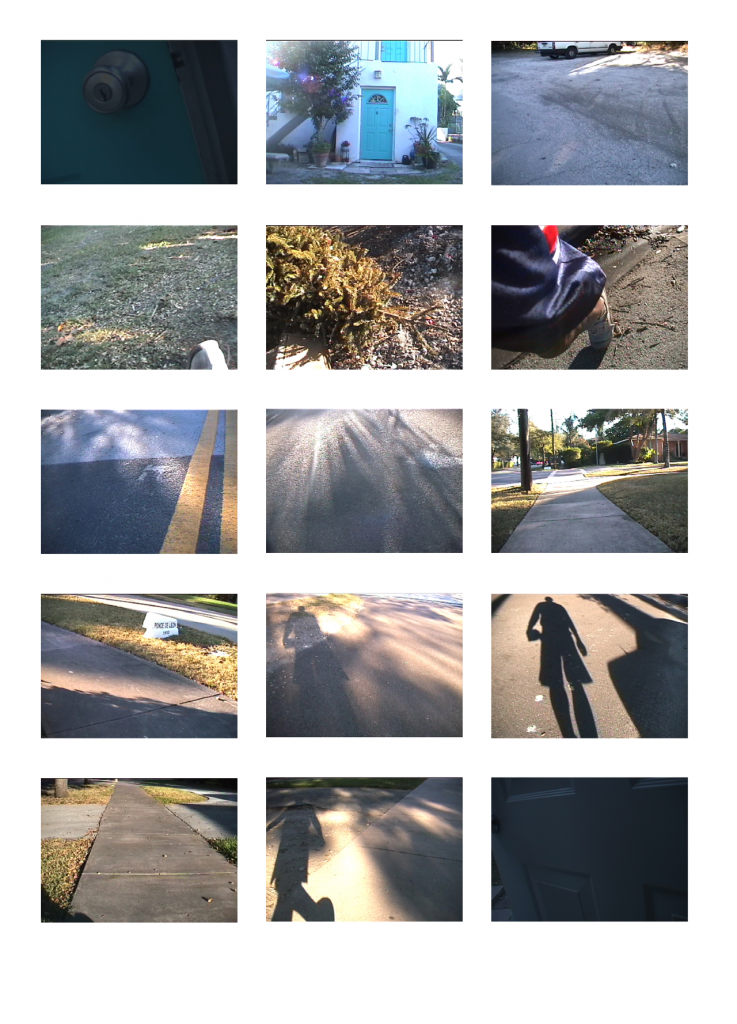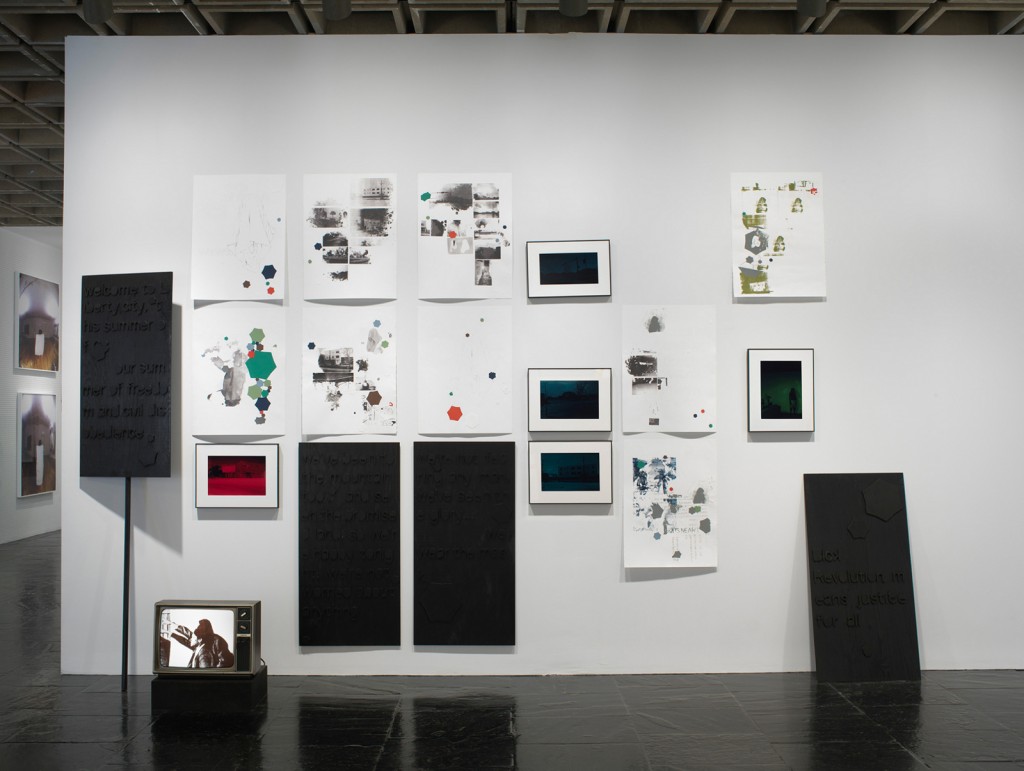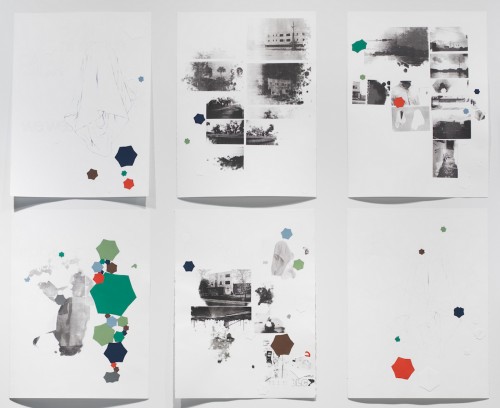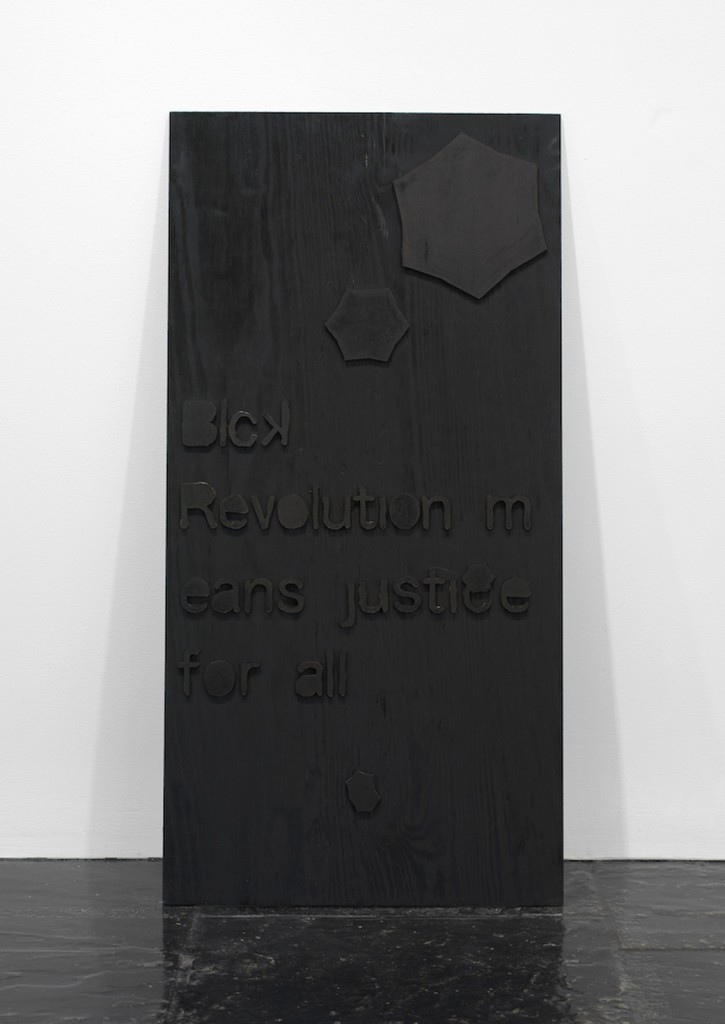Category: video
-
Some works in Conditions and Forms for blck Longevity at CAAM
Untitled (Street view, View Park), 2017
Archival pigment printUntitled (Potted rose), 2017
Archival pigment print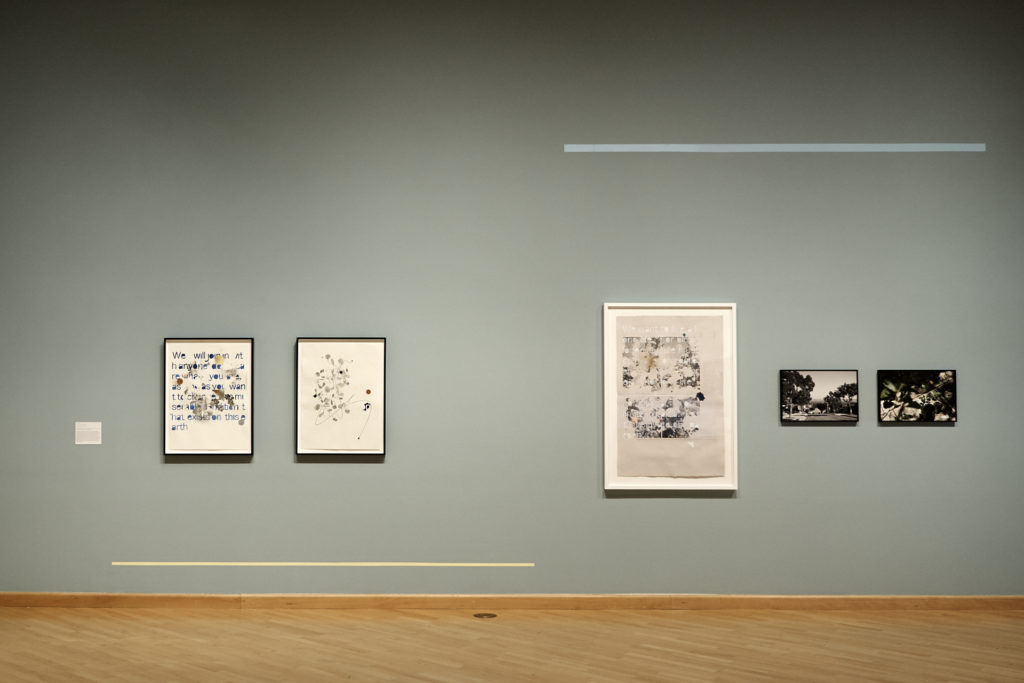
Installation view at California African American Museum.Untitled (We will join Malcolm) iv, 2017
Solvent transfer, graphite ink, colored pencil, collage,
and enamel paint on paper
30 x 22 1/4 inchesUntitled (We will join Malcolm) ii, 2017
Solvent transfer, graphite ink, colored pencil, collage,
and enamel paint on paper
30 x 22 1/4 inchesUntitled (Let’s cultivate our garden), 2017
Solvent transfer, graphite ink, colored pencil, collage,
and enamel paint on paper
45 x 30 inchesUntitled (Street view, View Park), 2017
Archival pigment print
14 x 21 inchesUntitled (Potted rose), 2017
Archival pigment print
14 x 21 inchesSome more via hrdwrker:
Some more images, courtesy of CAAM and Brian Forrest
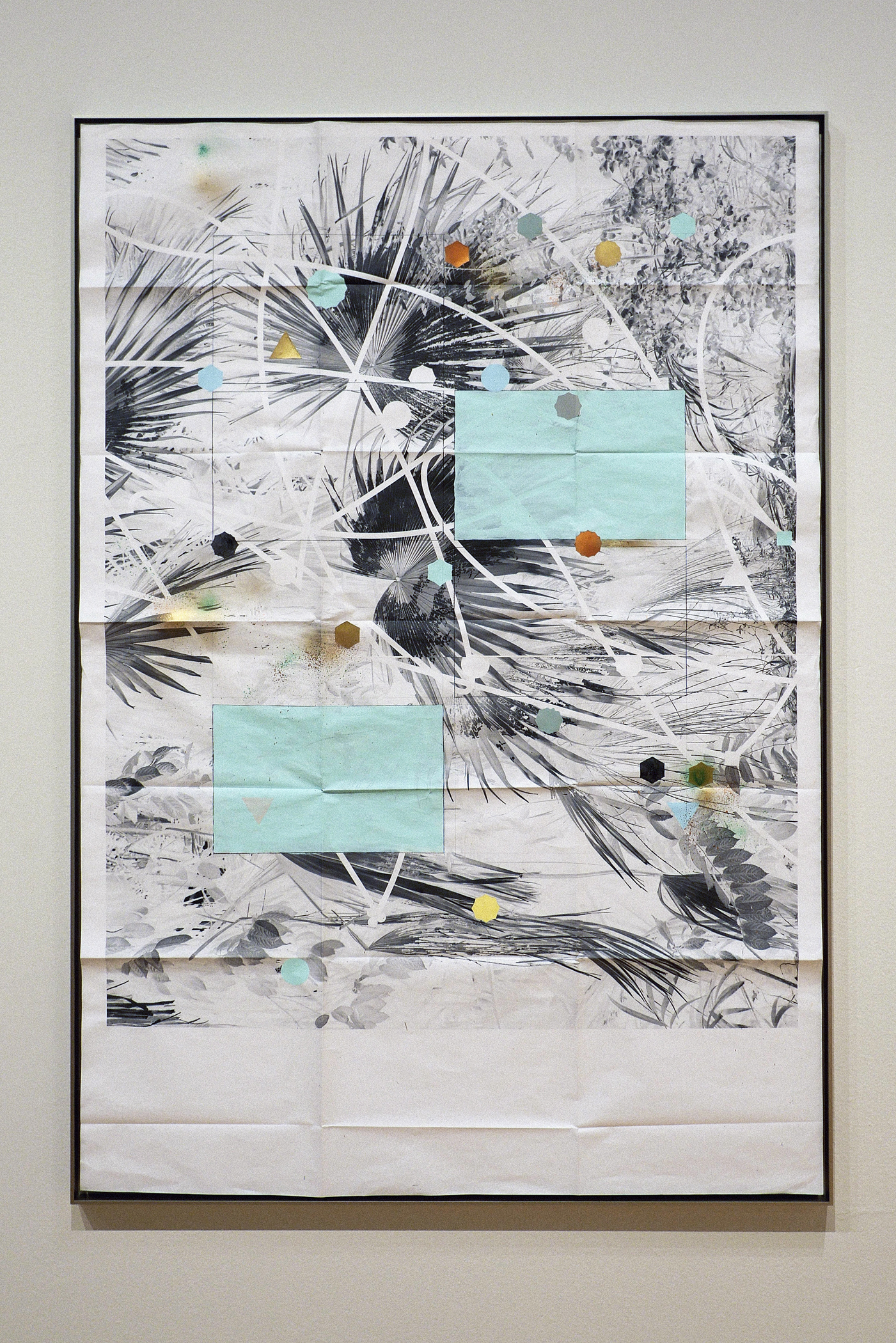
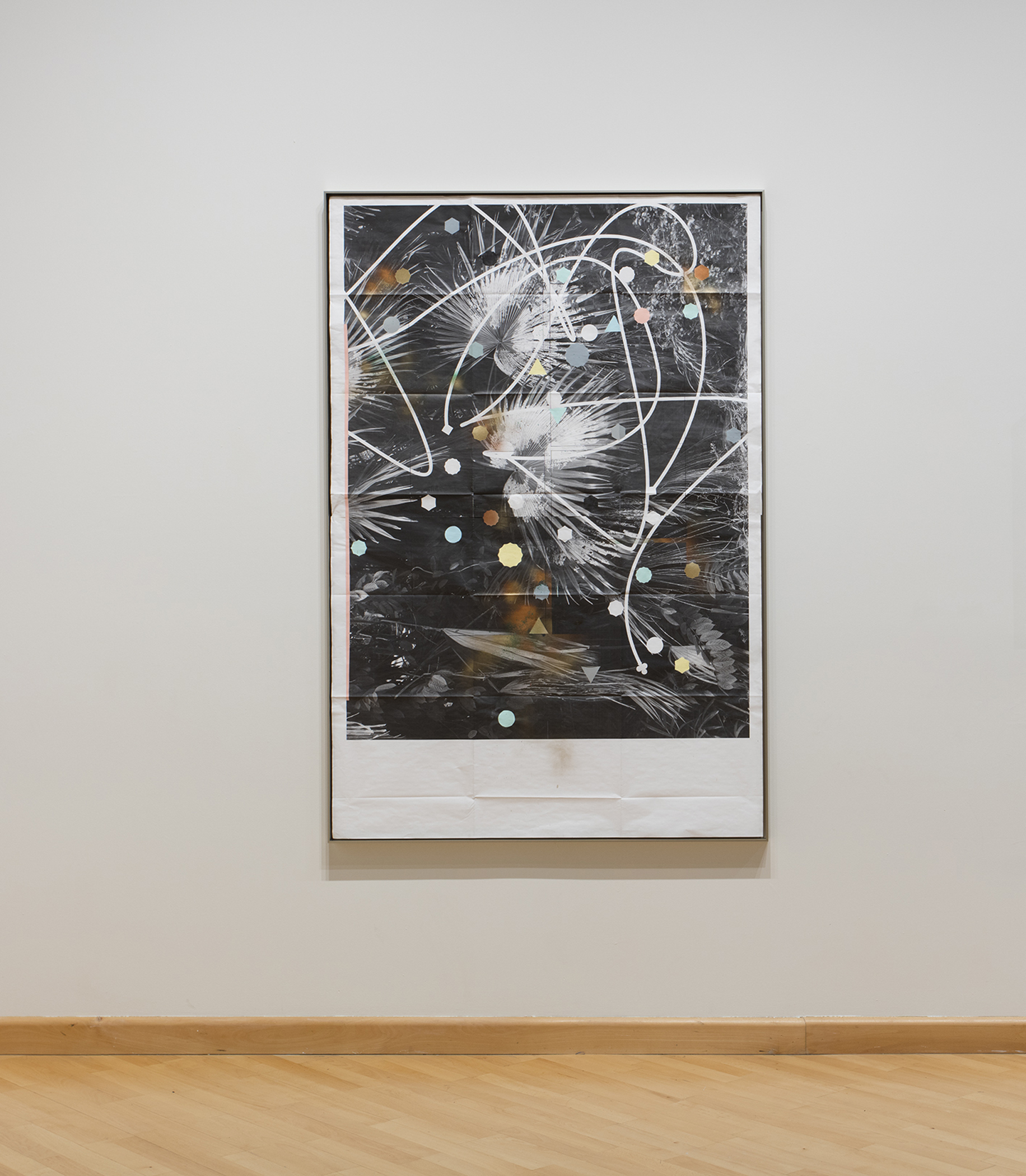
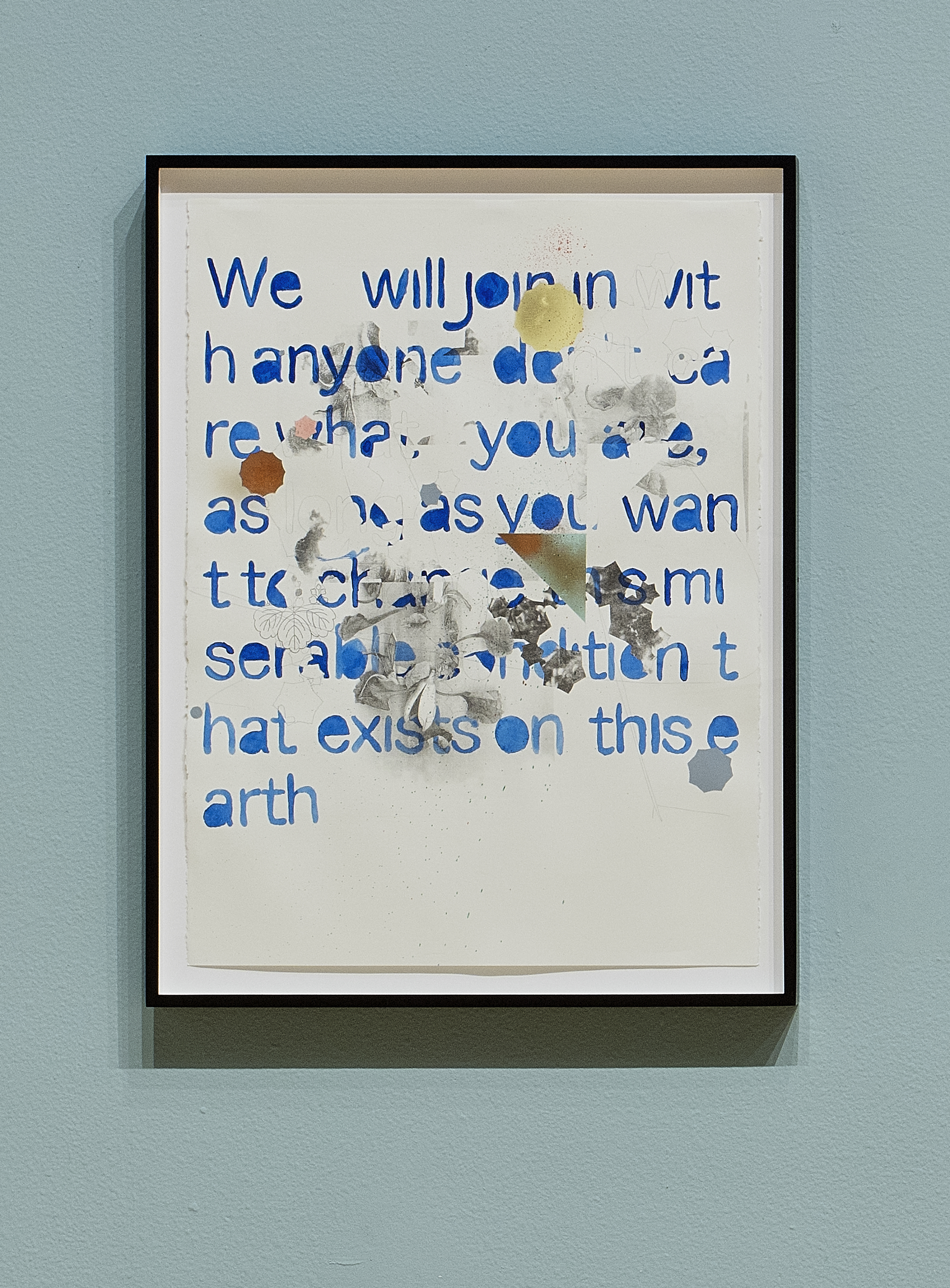
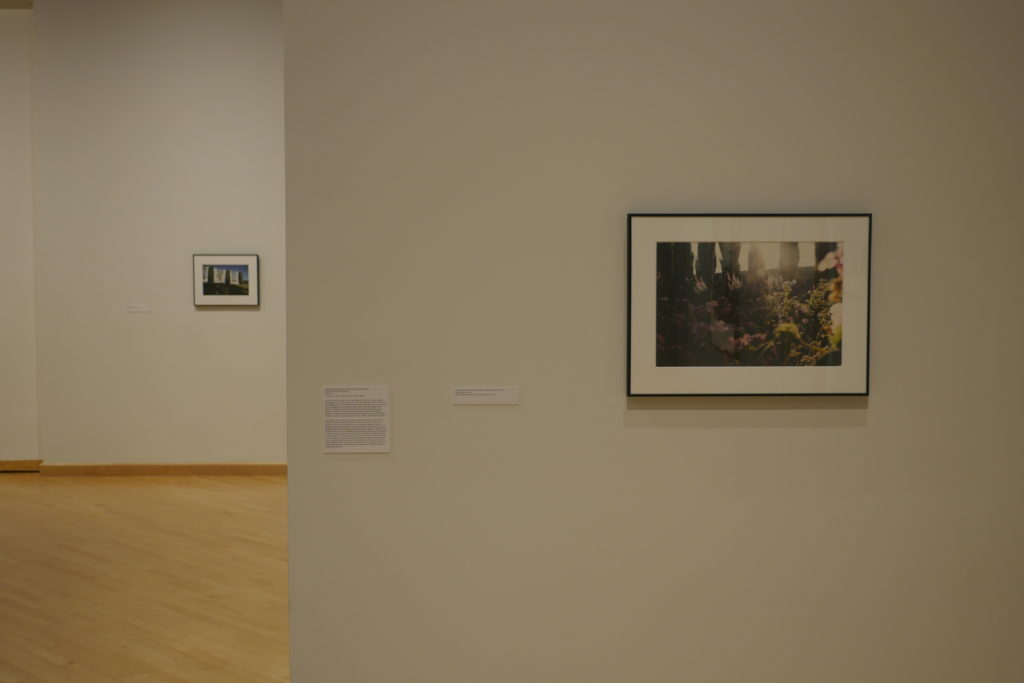
-
Untitled (blck – Devoted to the cause and improvement)
Untitled (blck-Devoted to the cause and improvement), 2018
Digital color video, with sound. 12:05 mins.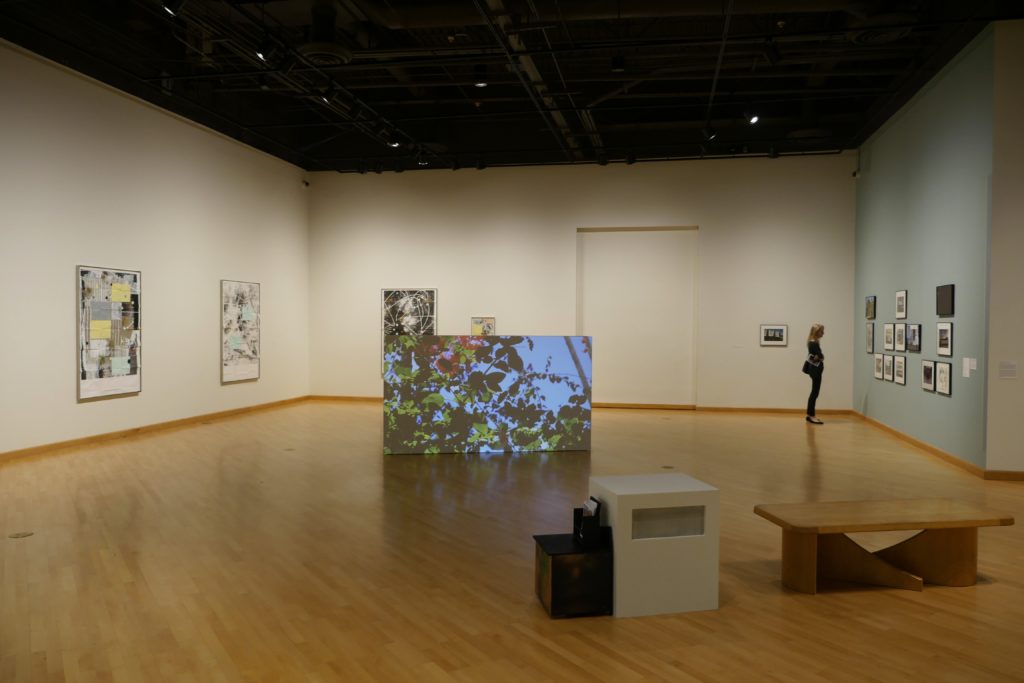
Installation view at CAAM. -
Untitled (a regimen for perspicacity)
Untitled (a regimen for perspicacity), 2017 3:26 mins
Shown in SMOKE AND MIRRORS at Torrance Art Museum, January 20 – March 10, 2018, organized by Gioj de Marco and Elizabeth Withstandley. -
Deployed, Conditional, and Limited Utopia at David Castillo
List of works:
Press Release:
David Castillo Gallery presents Deployed, Conditional, and Limited Utopia, a solo exhibition by Adler Guerrier.
Deployed, Conditional, and Limited Utopia builds a visual topography of the urban, subtropical conditions of Miami, reflecting upon these distinct environments as evidence of the cultural and political landscapes of the city. Human activity, and the turns of economic booms and busts, are insinuated throughout the works as artifacts—semi-manicured yards, chain link fences, power lines, pavement—hidden among rich vegetation; subjects that are treated as background. Guerrier, in many ways, plays the role of cultural cartographer, and the images themselves, physically folded, unfolded, and then displayed on the wall, have the look of maps laid out with landmarks noted in painted squares.
The architectures of Guerrier’s images are weighted with the politics of place and the conditions which bear that space’s values and outcomes. Impasse becomes an evocative theme within this selection of works on paper and photographs, where barriers hinder movement and subjects are captured through the blurred foregrounds of covering leaves. A flowering plant growing up and over a wall trespasses upon the photographer’s space, and ideas of things hidden, and things breaking through, build upon a narrative of transformation, both urban and social. For Guerrier, these concepts are seeded by the ideologies of the American Civil Rights Movement, where Martin Luther King Jr. and Malcolm X reflected upon the possibilities of the present as a catalyst towards building better outcomes. In a public debate at the Oxford Student Union in 1964, Malcom X famously commented: “…I, for one, will join in with anyone—I don’t care what color you are—as long as you want to change this miserable condition that exists on this earth.
To deploy Utopia is to bring it into effective action. And in this body of work Guerrier treats the Utopian impulse as an extension of both built and natural environments. These notions are reflected in the writings of French philosopher Henri Lefebvre, who imagined space as socially co-created alongside its physical construction, and imprinted upon by the populations which share in its development. Architecture, in the context of Lefebvre’s work, is an intrinsically political apparatus, and Guerrier treats these sites as ideological spaces that can be socially reimagined and recontextualized in the same vein.
The act of seeing, or acknowledging, can be revolutionary and transgressive; and in Deployed, Conditional, and Limited Utopia we see Guerrier’s gaze, how he witnesses and reinterprets Miami, home, and Utopia as the interconnected components in his personal concept of place. To look is everything; to see the possibility of these everyday, and sometimes degraded, sceneries is a first step in deploying action.
Adler Guerrier was born in Port-au-Prince, Haiti and lives and works in Miami, FL where he received his BFA from New World School of the Arts. Current exhibitions of the artist’s work include Pacific Standard Time’s “Relational Undercurrents: Contemporary Art of the Caribbean Archipelago,” at MOLAA, Long Beach, CA. Recent exhibitions include Fondation Clement, Martinique, France; History Miami Museum; and Barnes Foundation “Person of the Crowd: Contemporary Art of Flanerie” among others. He was a 2015 recipient of an Andy Warhol Foundation grant through its re-granting program. Guerrier’s solo exhibitions include PAMM Miami (2015). He has exhibited work at Vizcaya Museum and Gardens, Miami, FL; The Bass Museum, Miami Beach, FL; Harn Museum of Art, Gainseville, FL; and the 2008 Whitney Biennial among many other exhibitions. His works can be found in public collections including ICA Miami, PAMM Miami, and the Studio Museum in Harlem among others.
-
Untitled(study of threefourone)
Untitled study of threefourone from gnu_mia on Vimeo.
AG2004_untitled_studyofthreefourone
Untitled (study of threefourone), 2004
photo and video installation.
originally shown at Locust Projects(on 23rd St.)In the project room: ADLER GUERRIER
January 24th-February 28th, 2004
Opening reception: Saturday, January 24th @ 8 pm
In the main space: LOCUST PROJECTS presents the work of five young sculptors from Los Angeles: Jedeadiah Caesar, Mauricio Espinosa, Alice Konitz, Jeff Reed, and John Williams. All transplants from different parts of the country, they have literally run to the hills of Southern California. But their actual displacement to an edge of the country is only a metaphor for their displacement to some strange regions of the imagination. They all produce hybrid objects that marry materials and forms that come from incompatible realms. Biomorphic abstraction meets adolescent car culture meets the tackiness of suburban interiors in a strange sculpture that is as much about the embarrassment of public hard-ons as about anything else (John Williams); an ancient boulder is scientifically split to reveal the resin-encased knickknacks of indeterminate origin (Jed Caesar); taqueria architecture meets the loftiest aims of modernist design, negotiating a truce between earnestness and parody (alice konitz), car alarms morph into Aphex Twin beats (Mauricio Espinosa); Texas trashiness and death metal angst ooze out of what seem like the props for some b-movie on futuristic cavemen (Jeff Reed).
In the project room: Miami-based, Haitian-American artist Adler Guerrier will present a new video. Known for his explorations of the non-places–backyards, the shady spot under a tree, bike trails–that are somehow so central to our everyday lives, Guerrier continues along these lines, unfolding his quiet critique of the colonization of our quotidian.

